Duration of engagment
Medium-Long (1-5 years)
Cost
($)
Sharing knowledge and experience
($$)
Funds to conduct farmer baseline assessment, if needed
($$)
Processes to implement FPIC, when needed
($$)
Funds to support implementing agencies that coordinate and conducting farmer training and extension
($$)
Staff time to conduct farmer trainings
($$)
Monitoring and evaluation
($$$)
Resources and supplies provided to farmers (e.g. harvesting equipment, seed, fertilizer)
In the real world
Company support for farmers to improve production practices is not new. Yet these efforts are too often disconnected from broader landscape/jurisdictional strategies. The following examples include cases in which companies took important action in the absence of agreed or clearly articulated L/JI goals and priorities. If undertaken in the context of an L/JI, such actions could leverage partners’ efforts and help to deliver significantly greater impacts.
Training smallholders to reduce deforestation
Unilever helps Indonesian oil palm farmers improve management practices in several jurisdictions. The company funds project implementers to help certify smallholders to the Roundtable on Sustainable Palm Oil (RSPO) standard. That process involves mapping and surveying smallholders, identifying gaps to obtain certification, securing the required land titles and business permits, providing personal protective equipment, training on Good Agricultural Practices, socializing expectations around no deforestation, peat, and exploitation, and building farmer groups and internal control systems. Unilever also buys the RSPO credits smallholders generate once they are certified. Examples include:
a. In the Kotawaringin Barat district of Central Kalimantan province, the company has partnered with the district and provincial governments, Earth Innovation Institute, and Yayasan Inovasi Bumi to advance jurisdiction-wide palm oil certification across the village of Pangkalan Tiga. Unilever provides capital to establish extension services for certifying smallholders, secure agreements for certified products, and incentivize sustainable production. By the end of 2017, the project had certified 190 independent smallholders under the RSPO and Indonesian Sustainable Palm Oil standards and is targeting over 1,000 more.
b. In the Indragiri Hulu and Indragiri Hilir districts of Riau province, Unilever partnered with Daemeter, World Education International, an independent palm oil mill, and surrounding independent smallholders to improve smallholder yields. Company funds enabled the mapping of 4,000 farmers, training of 1,864 at Farmer Field Schools, and hiring 26 Farmer Facilitators. Farmers learned Good Agricultural Practices, and gained awareness on no deforestation, peat, and exploitation objectives, while still improving productivity.
c. The Coalition for Sustainable Livelihoods (CSL) is a multi-stakeholder initiative in Aceh and North Sumatra provinces aimed at driving economic development, reducing poverty, and improving natural resource management. Unilever is supporting the CSL by engaging their palm oil suppliers and funding Conservation International and the regency government of Tapanuli Selatan in North Sumatra to train 1,000 smallholder farmers at a sustainable palm oil field school. Lessons focus on Good Agricultural Practices for oil palm production as a step toward achieving RSPO certification. (Unilever is also supporting restoration in this landscape – see “Support landscape restoration in line with L/JI objectives”).
Building capacity for greener farms
Musim Mas and IFC lead a large Indonesian program that, by 2020, targets 20,000 smallholders for outreach 2,000 for capacity building to achieve RSPO certification. In the regency of Aceh Singkil, General Mills and Musim Mas are collaborating to create a ‘Smallholder Hub’ that trains smallholder palm oil farmers in Good Agricultural Practices, business management, and practices that avoid deforestation and degradation of peat soils. General Mills will fund half of a two-year program that targets 1,000 smallholders. To expand the program’s reach Musim Mas will train government extension officers who will then in turn train smallholders. Musim Mas aims to establish additional Smallholder Hubs to facilitate companies combining their resources and expertise to train farmers.
Investing in ranchers to shrink cattle’s forest footprint
Sao Marcelo Farms, a large livestock seller in Mato Grosso, Brazil, is working with Carrefour and IDH to engage its calf suppliers to improve quality, intensify production, conserve forests, and comply with environmental and land use laws. This work is carried out under the PCI Regional Compact in the Juruena River Valley – a regionalization of Mato Grosso’s statewide Produce, Conserve, Include (PCI) initiative. In 2018, Carrefour entered into a three-year partnership with IDH to increase sustainable cattle production in the Juruena and Araguaia valleys, where the company’s foundation is investing EUR 1.9 million in 450 ranchers who will intensify cattle production on smaller land footprints, restore degraded pasture, access credit, and comply with Brazil’s Forest Code.
Custom-tailored training for cocoa farmers in the field
Three dozen leading cocoa and chocolate companies are engaging the governments of Côte d’Ivoire and Ghana through the Cocoa & Forests Initiative—an agreement and accompanying action plan to end deforestation from cocoa production and reforest degraded landscapes. Under CFI action plans, companies directly provide or finance the training of cocoa farmers in Good Agricultural Practices and Climate-Smart Agriculture in Cocoa. For instance:
a. Cargill Farmer Field Schools bring community facilitators to train groups of farmers in the field for seven months of demonstrations, idea sharing, and field practices that enhance climate resilience. Cargill also offers one-on-one coaching to help farmers develop digital Farm Development Plans to improve their long-term financial planning and has established seedling nurseries for native tree species to provide stocks for transplanting onto farms.
b. Touton uses its Rural Service Centre (RSC) model in Ghana’s Ashanti and Brong Regions to introduce farm-level training, professionalization, coaching on climate-smart principles, and support in creating Farm Development Plans. Together with Solidaridad, the company uses an app that standardizes the farmer engagement process: first it sensitizes farmers on the need to professionalize farm practices in ways that increase yields and improve wellbeing; then it generates a set of recommendations tailored to each farmer’s stated aspirations regarding cocoa farming; finally, it asks whether farmers wish to enroll in the training program. RSC agronomists train enrolled farmers to rehabilitate degraded cocoa farms, properly use agricultural inputs, and develop business skills for planning investments. Touton and Rainforest Alliance implement another app, FarmGrow, which provides farmers with long-term personal coaching plans and techniques to improve cocoa yields on existing cultivated land. The app combines detailed household profile data with the agronomic status of cocoa plots to create a business plan, complete with a profit-and-loss statement tailored to the individual farm. By collecting data about farmer interests, Touton can segment and tailor the support it provides and more effectively direct investments.
c. To inform its investments and enhance cacao agroforestry, Cémoi conducted baseline studies of farmers’ agricultural practices and perceptions of non-cacao trees. It then developed cacao-based agroforestry models, invested in nursery capacity to increase availability of seedlings for restoring forest cover on farms, trained nursery workers, established agroforestry resource centers, created demonstration plots, and trained and coached farmers on growing shade cocoa.
Training the trainers in Ghana’s forest frontline
A key strategy of Ghana’s national action plan under the Africa Palm Oil Initiative (APOI) is to eliminate deforestation associated with smallholder-grown oil palm, while helping them increase productivity by adopting Best Management Practices (BMPs). The Ghana National APOI Platform identifies Agricultural Extension Officers and Regional Crop Officers of the Ministry of Food and Agriculture as key partners who can effectively disseminate BMPs (e.g. new findings, knowledge, and techniques in managing oil palm). Since these frontline officers interact with smallholders in their daily operations, building officer capacity is crucial to achieving Ghana’s sustainability goals. Oil palm companies worked with the government and NGOs to develop a “train-the-trainer” course. The course strengthens the capacity of government officers to help farmers adopt oil palm BMPs, with regular checks to monitor progress.
Earning income from deforestation-free livelihoods
In 2018 Benso Oil Palm Plantation (BOPP), with Proforest and Partnership for Forests, developed a community-private partnership to help smallholder palm oil producers overcome challenges in Ghana’s Adum Banso traditional area. The initiative offered training and guidance on social and environmental best practice requirements in line with RSPO standards. It also worked with local NGOs to help smallholder farmers develop alternative livelihoods, so they wouldn’t clear forest frontiers for income.
Tying farmer incentives to conservation
Golden Veroleum Liberia (GVL) and IDH crafted an investment scheme that would incentivize communities to protect forests and biodiversity. Under its concession agreement with the Liberian government, the company is required to support 1ha of palm oil outgrowers – pre-contracted farmers – for every 5ha of company-managed plantation. Under the outgrower scheme, GVL and communities would develop land use plans, support community land rights, and sign production-protection agreements under which the communities would conserve 5ha of forest for every 1ha of community oil palm plantation. Outgrowers would also receive incentive payments for complying with the forest protection plan, and GVL would provide capital and technical assistance to establish the community plantations. Regrettably, the outgrower scheme has not yet materialized; changes in both the Liberian government and GVL’s management led negotiations to slow down.1
Key points for companies
A company must first determine whether the target landscape/jurisdiction has set a goal around training farmers for sustainable commodity production. If so, companies should align their efforts with the L/JI’s geographic priorities. Alignment could mean redirecting and/or expanding existing farmer training or investing in programs delivered by others. Upstream companies with capacity to engage and train farmers can take the lead, while downstream companies could provide funding and incentives for farmers to adopt best management practices.
Companies can support farmers in several ways:
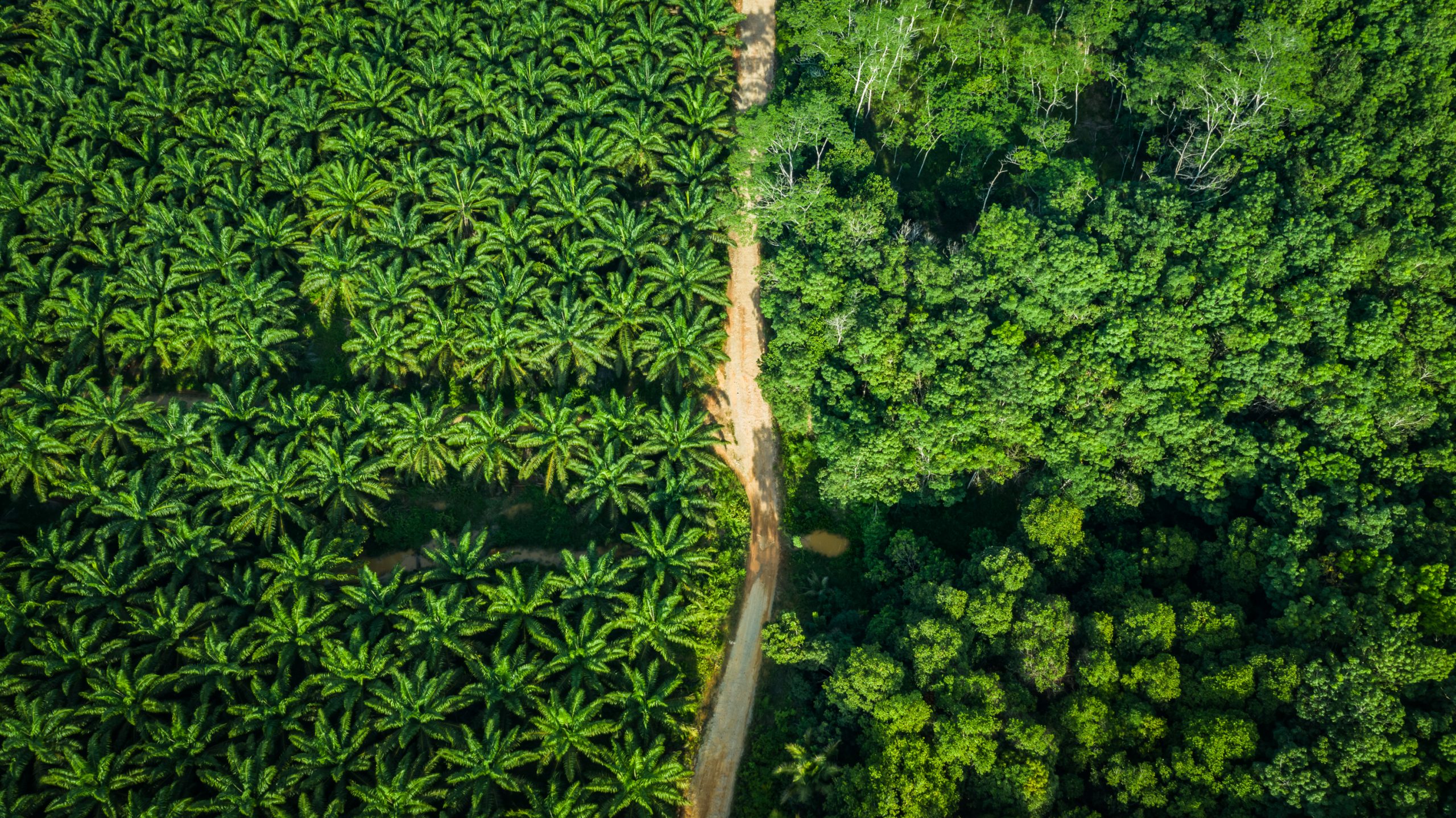
Understand the dynamics that farmers confront within a given L/JI. This ensures that chosen interventions fit the context. Most farmers want to manage land sustainably but may often lack knowledge, skills, or access to money and tools that could help them do so. By understanding baseline conditions and practices, companies can better identify specific gaps that prevent farmers from increasing productivity and avoiding deforestation, and thus result in better designed and targeted interventions.
- If these gaps have not yet been defined, consider funding local partners to collect baseline data on smallholder farmers, location and quality of forest and conservation areas, location and yield of commodity production areas, and the locally relevant government policies and programs that impact farmers.
- More advanced initiatives may have already specified these gaps in an action plan jointly developed by a multi-stakeholder body that includes farmer representation. If so, consider selecting and undertaking one or more interventions that align with the identified needs.
- The most advanced initiatives may have developed their own farmer training and/or agroforestry programs to disseminate best practices. Consider funding these programs to expand the number of farmers receiving training, support technical or equipment needs, or spread awareness about the programs among farmers.
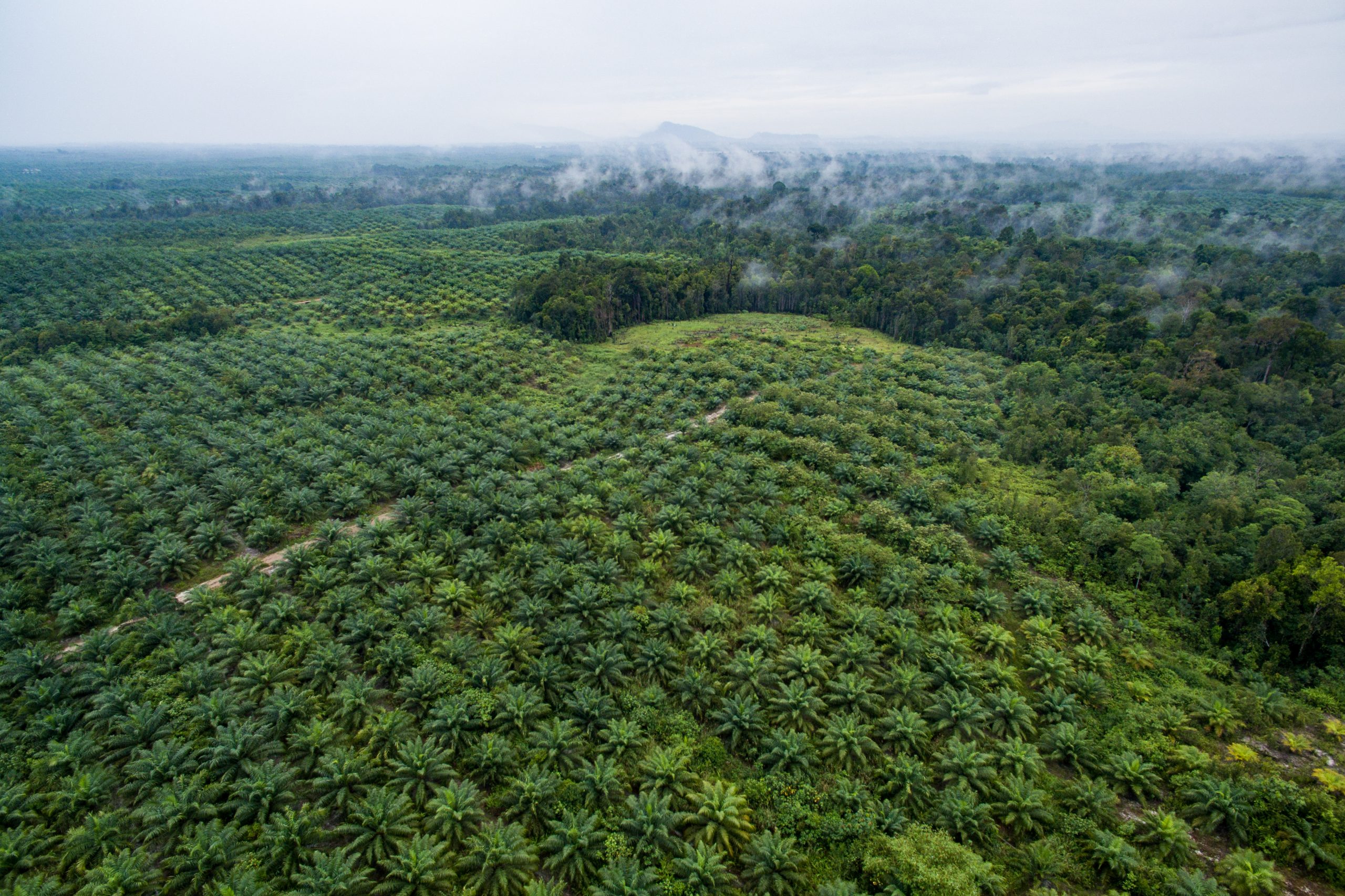
Fund training and extension programs, to help farmers overcome gaps in knowledge or skills. Too often, cocoa farmers clear forest simply due to the misconception that sun-grown cocoa trees are more productive than those grown in the shade. Likewise, rubber tappers often do not know the proper cutting angle and depth to maximize latex yield from a rubber tree. Companies at all supply chain levels can fund training and extension programs run by government agencies, civil society experts, or private service providers. Producers, processers, and traders often employ in-house agricultural experts, who could directly teach and advise farmers, or augment public extension initiatives. Companies can run courses, support logistics for training sessions, provide equipment or educational materials, and distribute high-yielding seedlings and fertilizers.
- To expand the reach of training programs, companies could compensate farmers reluctant to take time off (and forgo income) so they can afford to attend trainings.

Upstream companies should ensure farmers have access to the best available technology. Smallholder oil palm growers, for instance, often rely on inferior germplasm with yields far below those on industrial plantations; with better plant materials, they could significantly increase their incomes without needing to expand their farms.
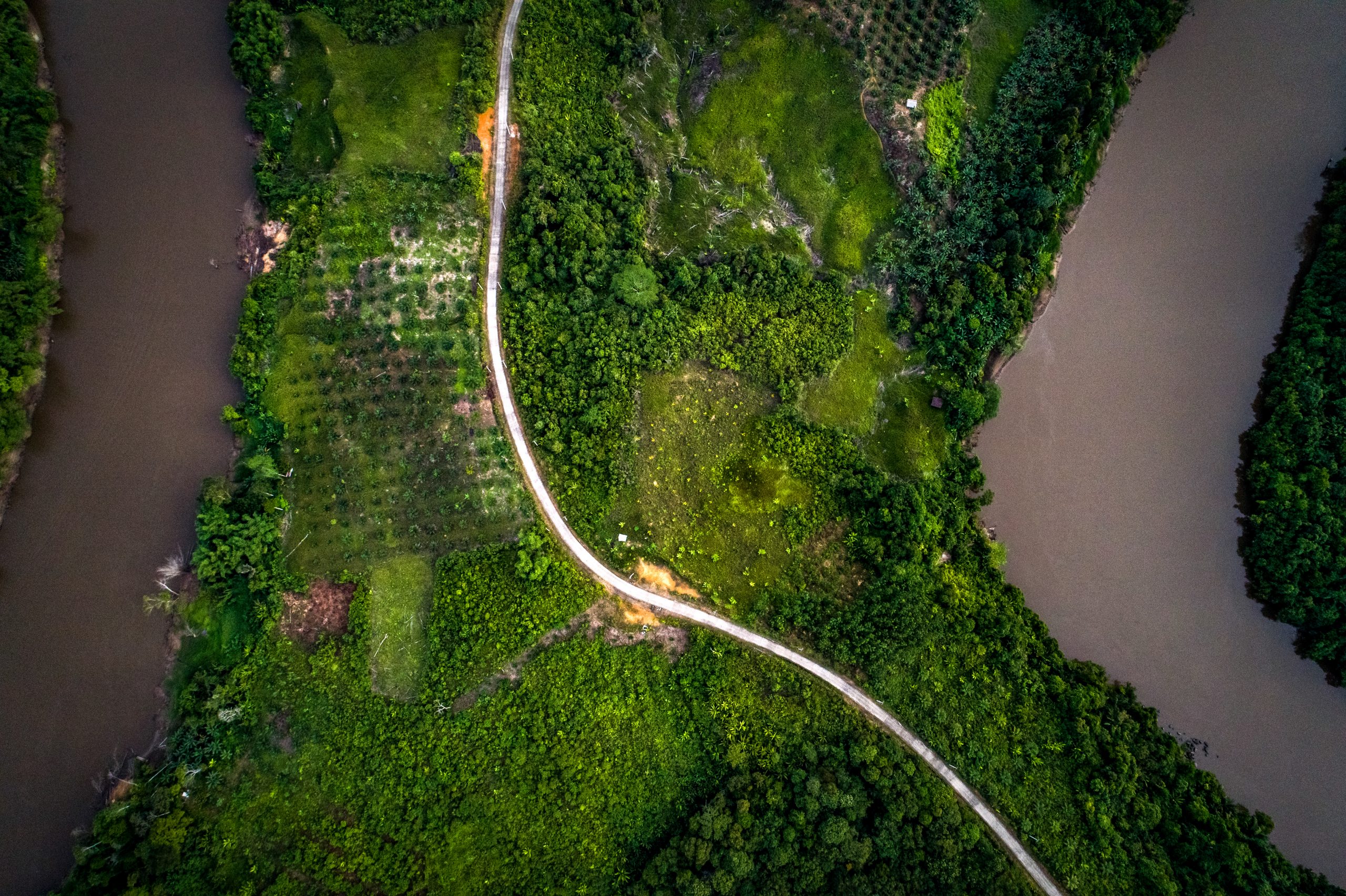
Incentivize best management practices. Rewarding uptake of good practice through preferential sourcing from performing framers, price premiums, or long-term purchase guarantees increases the likelihood that training and extension programs will create meaningful and lasting behavior change among recipient farmers.
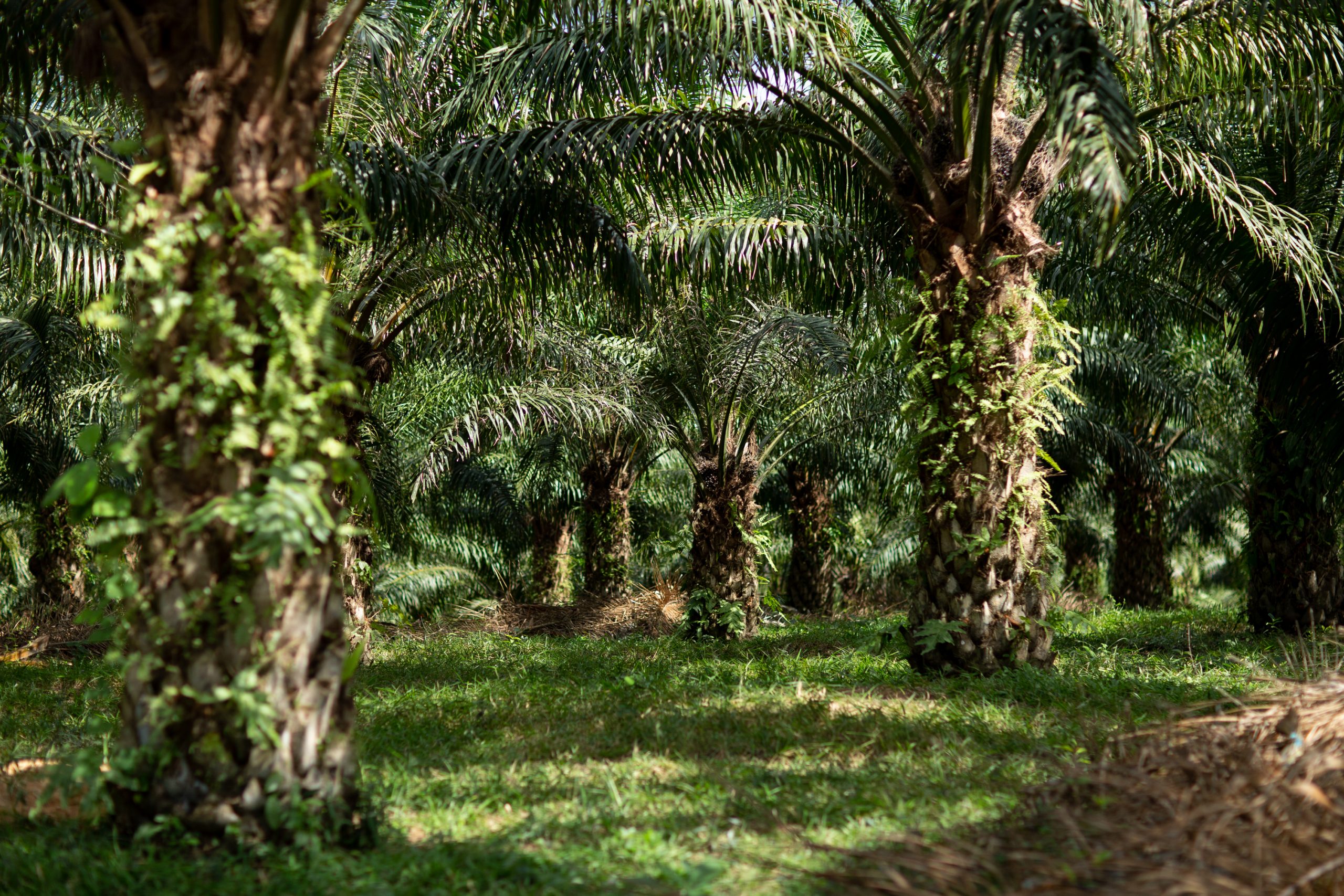
Fund or provide staff for monitoring and evaluation (M&E). M&E should measure the degree to which trained farmers adopt best management practices, and the impacts adoption has toward sustainable outcomes. Assessment will determine how effective farmer trainings are, and where to modify and improve interventions.
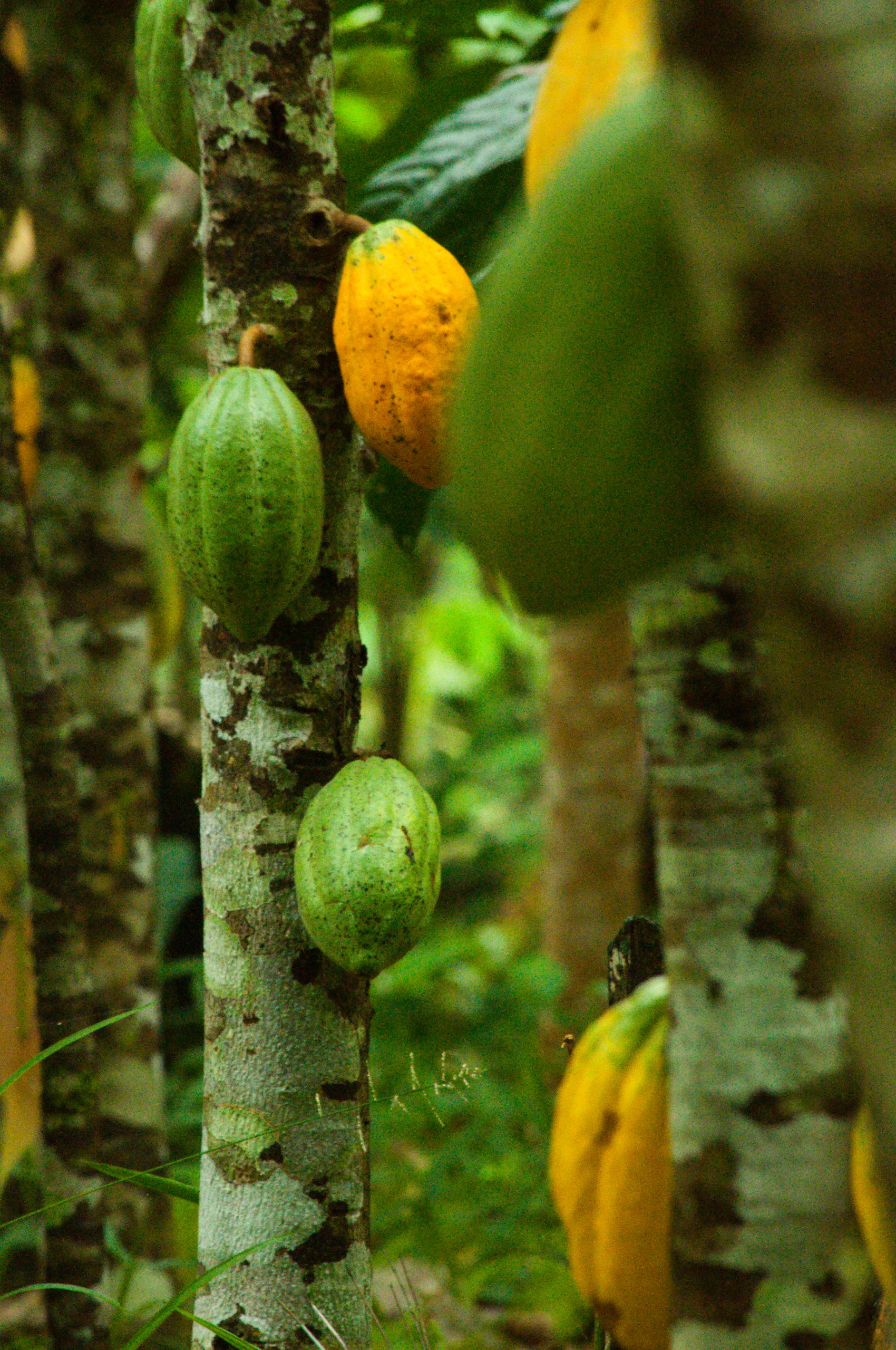
Scale the improvement of management practices. Farmers throughout a landscape/jurisdiction will benefit from access to training and tools, but an individual company can only support so many by itself. To expand the impact, a company should:
- Share its accumulated knowledge and experience—both challenges and successes—and encourage peers to support other farmers.
- Directly train or indirectly fund the training of government extension officers so they can reach more farmers. To avoid any perception of improper influence, be sure that government support responds to needs raised through multi-stakeholder consensus and is transparently overseen by the initiative’s stakeholders.
- Advocate and engage with relevant government entities to embed improved management into rural development policies.
External conditions that improve likelihood of success
- Clear priorities for farmer training, extension, and incentives have been linked to landscape/jurisdictional goals and strategy.
- Linkages between company interventions and priorities, programs, and policies of government and other partners, ensuring continued support for implementation of best practices once the company’s engagement ends.
- Farmers have granted free, prior, and informed consent to participate in any programs, activities, data collection, or polygon mapping.
- Farmers are receptive to new management practices and trust the entities who provide training and extension services.
- Initiative partners have clearly defined roles, responsibilities, and capacity to provide culturally and agriculturally appropriate training.
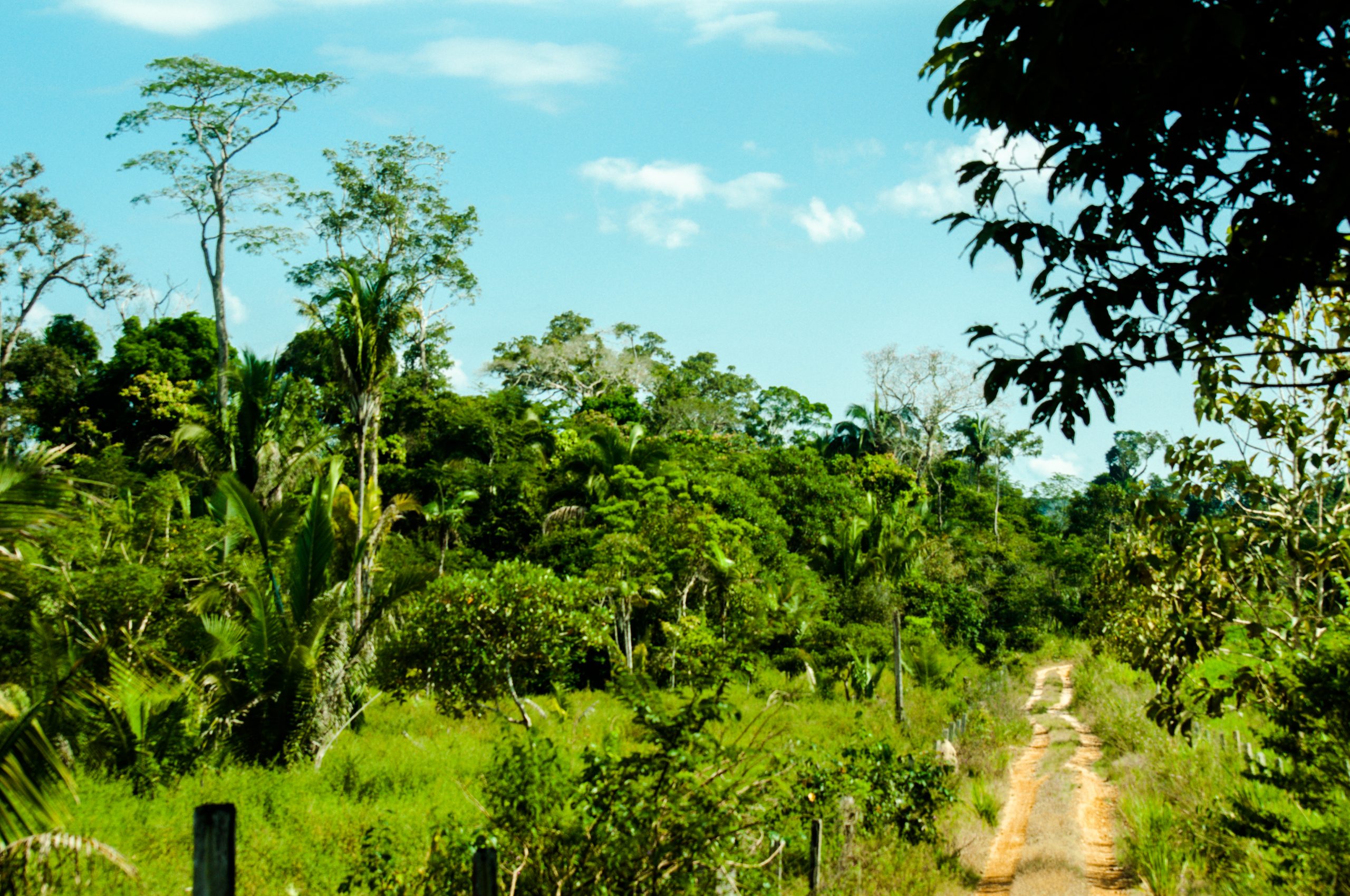
The business case for this intervention
- Helping farmers improve yields without clearing more land directly increases deforestation/conversion-free supplies with which to meet corporate sourcing commitments.
- Companies who support farmer training can cement connections with responsible suppliers who improve the company’s ability to secure deforestation/conversion-free supply in competitive regions where producers can choose to whom they sell.
- Building trust and relationships with farmers through support programs can strengthen farmers’ long-term commitment to work with the company, reducing churn.
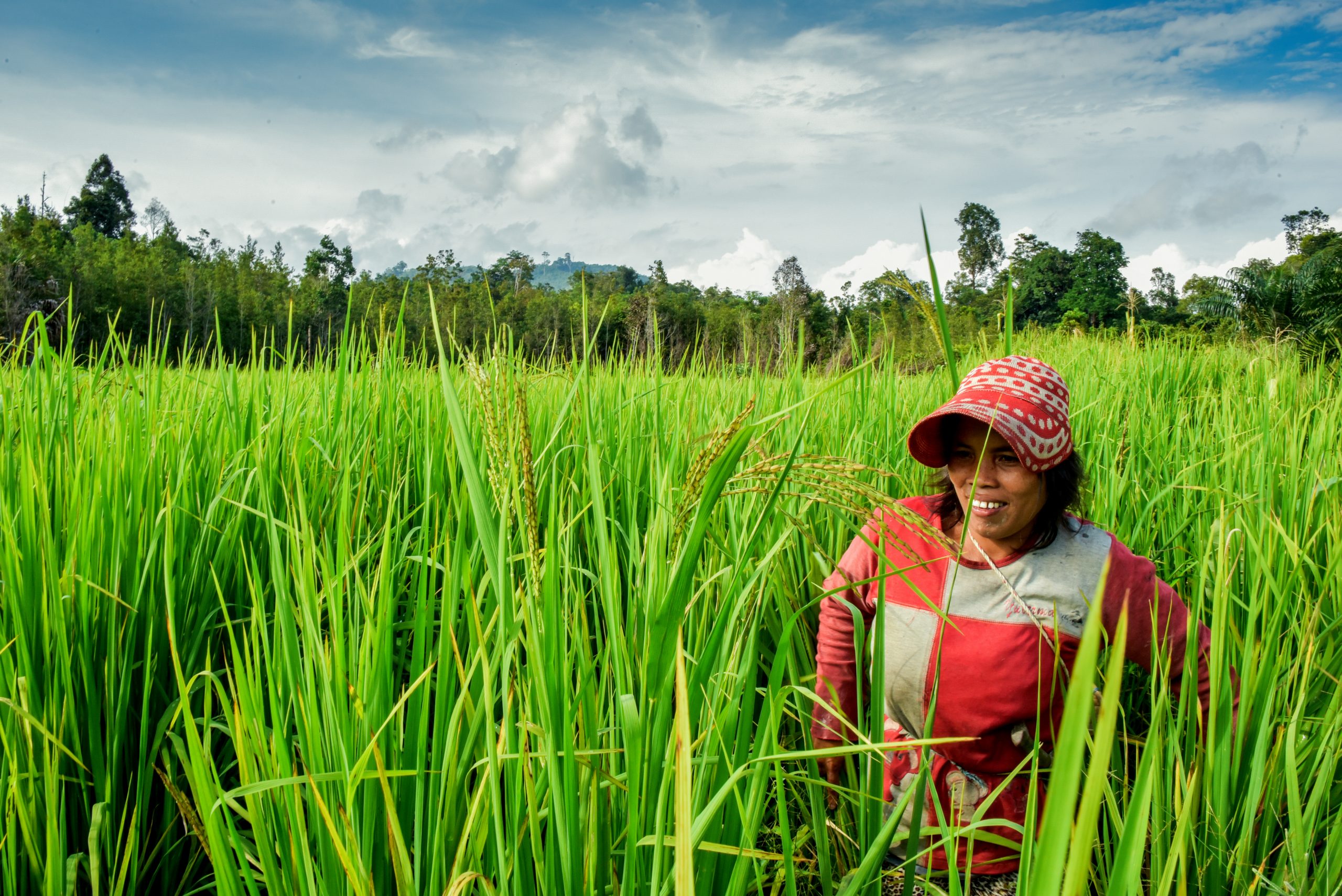
1 See graphic on p.26 in Neeff, T., von Lüpke, H., & Hovani, L. (2018). Cross-Sector Collaboration to Tackle Tropical Deforestation – Diagnosing Backbone Support in Jurisdictional Programs. The Nature Conservancy: Arlington, Virginia.
Advocate with consumer country governments to support landscape/jurisdictional approaches in commodity producing regionsDuration of engagment
Short-Medium (6 months – 2 years) depending on the depth of engagement and the number of steps/interactions needed to secure government support
Cost
$-$$ depending on the depth of the company’s involvement in preparing for and engaging in dialogue with consumer country governments
In the real world
A platform to accelerate and amplify collective action
The Tropical Forest Alliance (TFA) – a multi-stakeholder partnership platform hosted by the World Economic Forum – is dedicated to eliminating deforestation from the production of major commodities such as soy, palm oil, beef, and paper/pulp. TFA’s Forest Positive Collective Action Agenda calls for the governments of countries that drive significant demand for soft commodities to implement measures that lead to decreased deforestation and conversion. To inform the development of evolving EU policies on deforestation, TFA convened industry and civil society representatives between January and July 2020 to examine the priorities of the European Commission’s Communication on Stepping up EU Action to Protect and Restore the World’s Forests. The companies provided their perspectives and experiences, and urged the EU to “play a key role, through development assistance, in providing support and coordination for existing regional, national and sub-national partnership initiatives.” Moving forward, companies can continue to advocate for progressive policies at the EU level, through existing trade and industry groups, and through processes convened by TFA and others.
Key points for companies
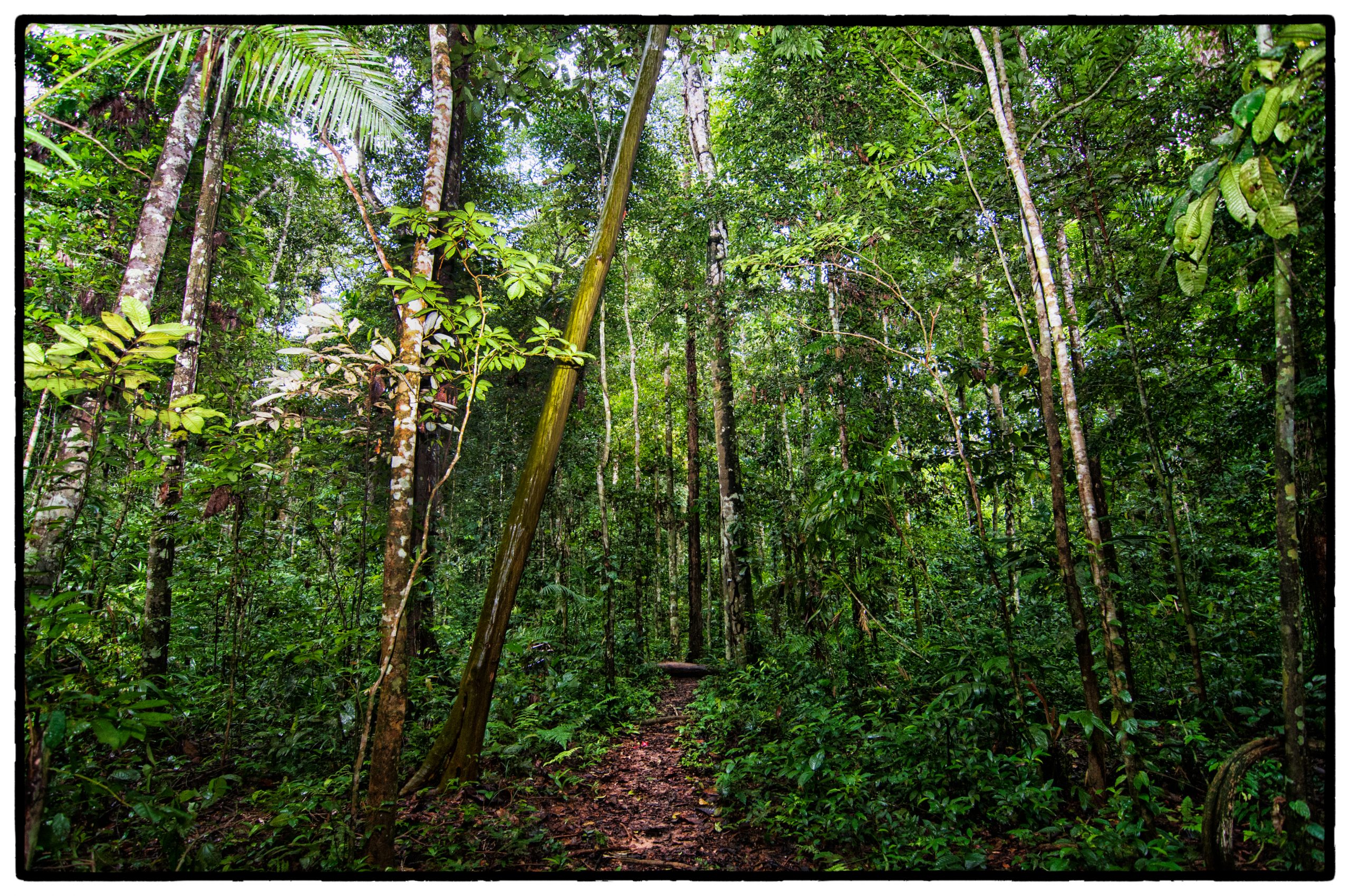
Companies engaged in an L/JI should identify the main countries that consume the commodities produced in the jurisdiction, then determine:
a) what support governments of those countries can provide the L/JI; b) how best to approach those governments for this support; and c) which role (relative to other stakeholders) companies can play in engaging consumer governments.
- The “asks” for consumer country governments may include direct financial support for the L/JI through bilateral aid agencies; recognition and incentives for brands and retailers in the consumer country to source from the landscape/jurisdiction; and/or trade preferences for commodities sourced through the L/JI. Research which “asks” are most viable to demonstrate the value of the L/JI to advancing related government goals.
- Some consumer country governments (as well as the EU) already have well-established commitments to sustainable/deforestation-free commodities. These often have an office which provides a logical point of contact for the L/JI to engage. For governments without a clearly identified mandate or office, try to engage the bilateral aid agency, trade and/or environment ministries, food regulators, or other offices. Highlight how their mission aligns with the L/JI’s focus on reducing deforestation, carbon emissions and biodiversity loss, and promoting sustainable commodity production and community development.
- How a company engages a consumer country government will depend on their existing relationship. Companies with headquarters, production facilities, and/or employment in the country may engage directly with its relevant government agencies, seeking to open doors for the L/JI. To avoid the perception that they are lobbying for commercial advantage, companies might partner with NGOs when engaging with governments.
- A company can enlist its supply chain partners (traders, brands, retailers) that are based in the consumer country to strengthen the case for supporting the L/JI.
Research which “asks” are most viable to demonstrate the value of the L/JI to advancing related government goals.

Companies involved in national or international platforms that support L/JIs (such as TFA) can indirectly work to support education and policy development with consumer governments. Participating in credible platforms and initiatives provides an effective way to engage with governments. With full-time staff, the ability to use examples from several different L/JIs, and diverse stakeholders, such platforms can bring more influence with consumer governments than any one company or L/JI acting alone.
By working with a national or global platform to engage consumer country governments, companies can leverage additional resources at relatively low cost to themselves.
External conditions that improve likelihood of success
- Staff capacity (including from corporate government relations/public affairs offices or from leadership of the L/JI) to support company engagement with consumer country governments

The business case for this intervention
- Companies that effectively engage consumer governments can advance the goals of the L/JI, secure additional resources (thus lowering internal costs), and expand additional government support for other L/JIs with which the company may work.
- Companies improve their reputations and credibility not only with consumer country governments, but also with producer country governments and NGOs involved in L/JIs.
- By working with a national or global platform to engage consumer country governments, companies can leverage additional resources at relatively low cost to themselves.
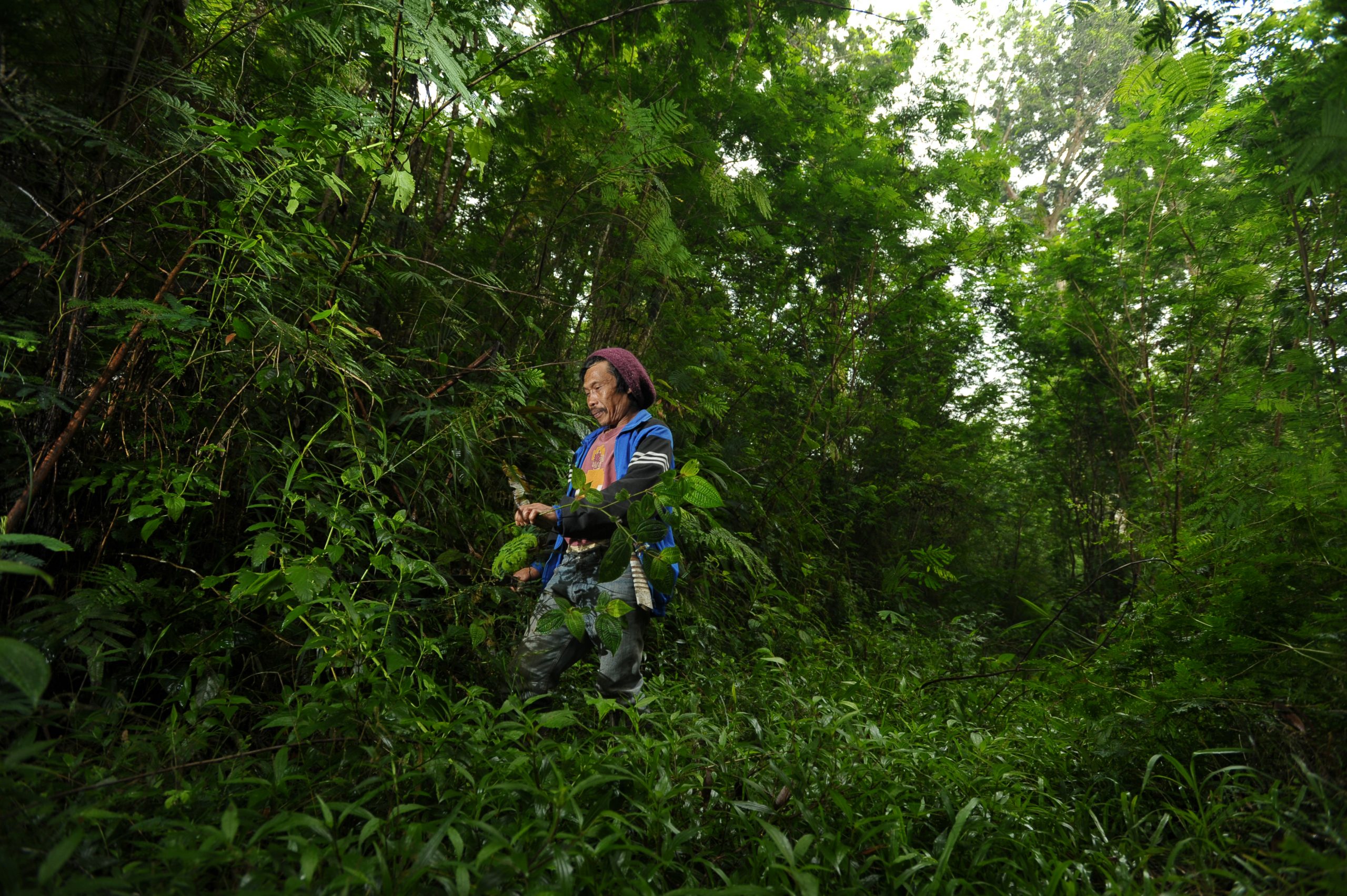
Duration of engagment
Short (1-3 months (including preparation) for an online presence or a public event)
Cost
$-$$ depending on the level of audio/visual production and/or paid media required
In the real world
Showcasing progress at a green district festival
In Indonesia, the Sustainable Districts Association (LTKL) holds a festival where member districts can showcase progress towards their sustainability visions. In 2019, Siak District hosted this event to build support for its Green Siak Declaration and the multi-stakeholder collaboration that brought it to life. Several palm oil and pulp and paper companies helped develop and implement the Festival, sharing their own actions that are contributing to the Green Siak goals. For example, APRIL presented its Fire-Free Villages program and its restoration initiative, and how both efforts advance Green Siak’s objectives. Golden Agri-Resources (GAR) shared its efforts to advance Green Siak by working with public and union officials to expand smallholder certification. A video at the festival showed company representatives discussing their engagement in the district’s L/JI.
Key points for companies
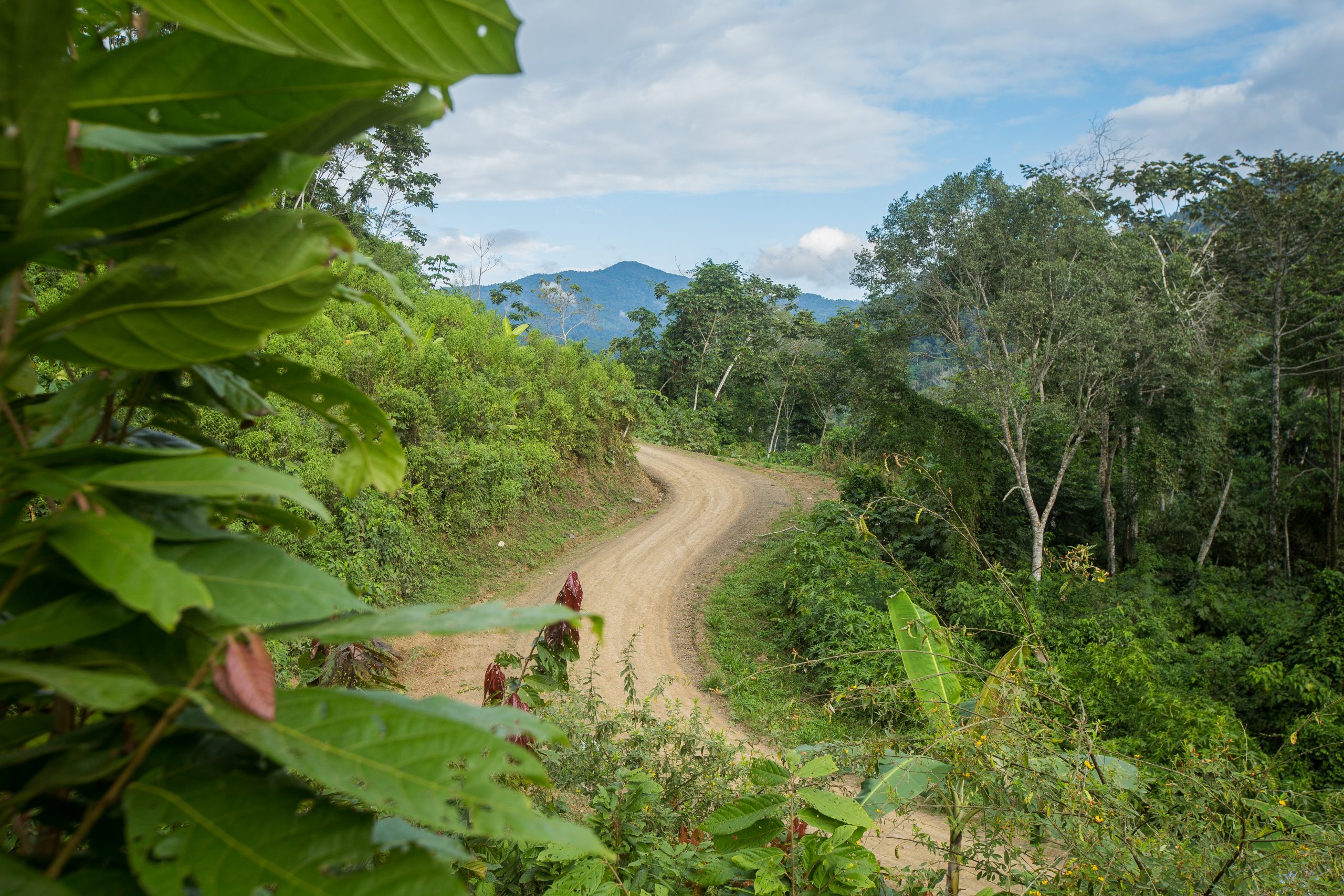
Foremost, companies should rapidly address negative impacts associated with their own operations and sourcing, and credibly report their progress. Although L/JIs need to generate excitement, momentum, and support, companies risk the “greenwashing” label if they champion an L/JI while still driving deforestation.
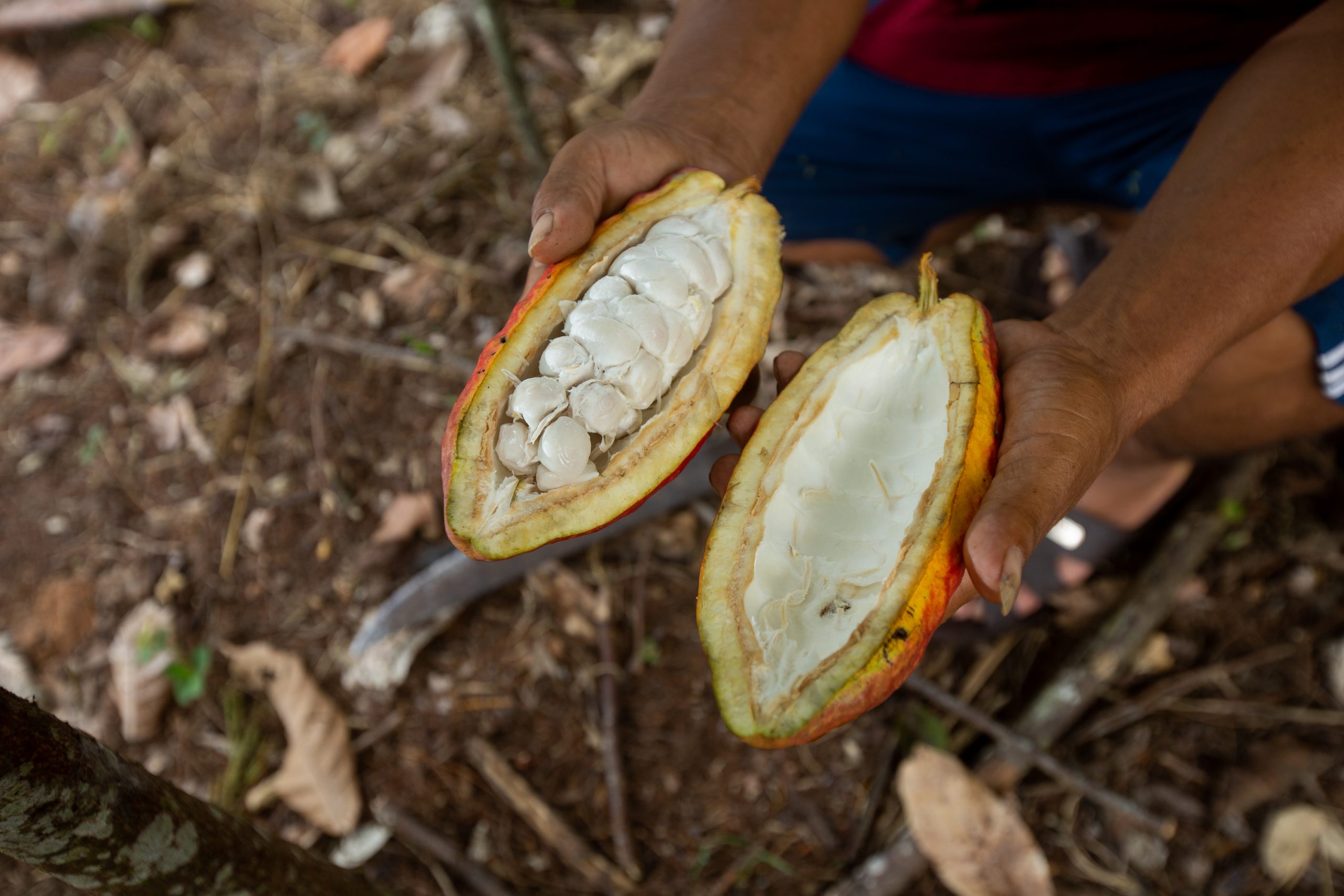
Companies should share how they are advancing an L/JI’s objectives as well as what progress the initiative is making overall, communicating to both internal and external stakeholders.
- Within the landscape/jurisdiction, companies can help to explain the purpose of, local benefits from, and rationale for the L/JI. They can also share with potential participants the reasons why they are engaging, how committed the government is, what current participants are doing, and how other stakeholders can get involved.
- Outside the landscape/jurisdiction, companies can indicate where the L/JI is succeeding, and where it still needs support from donors or other businesses.
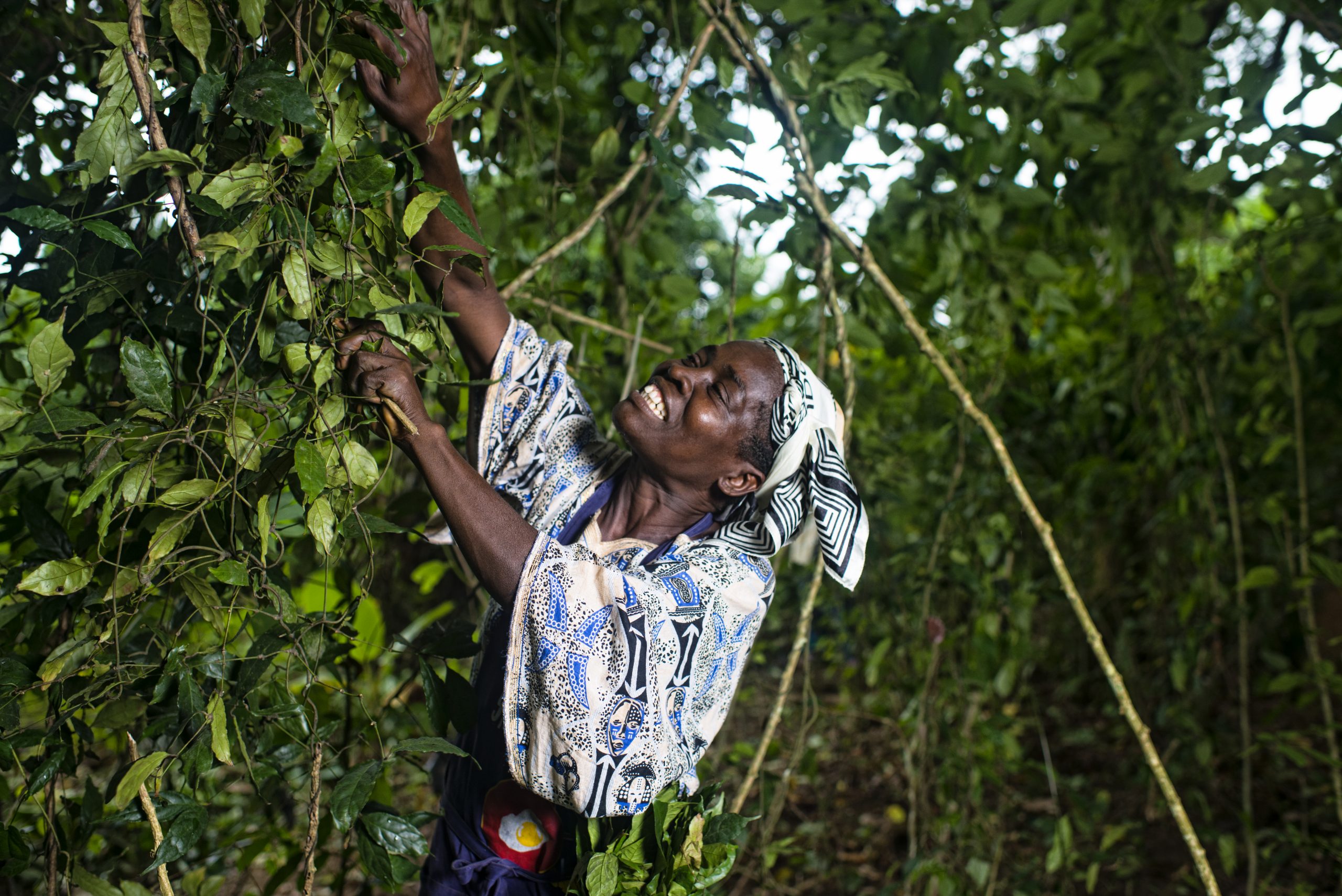
All storytelling efforts should be based on a clear, shared understanding of the target audiences, their languages, trusted media, understanding of forest and commodity sustainability issues, and what narratives and messages will most likely motivate them to support the L/JI and engage with it over time.
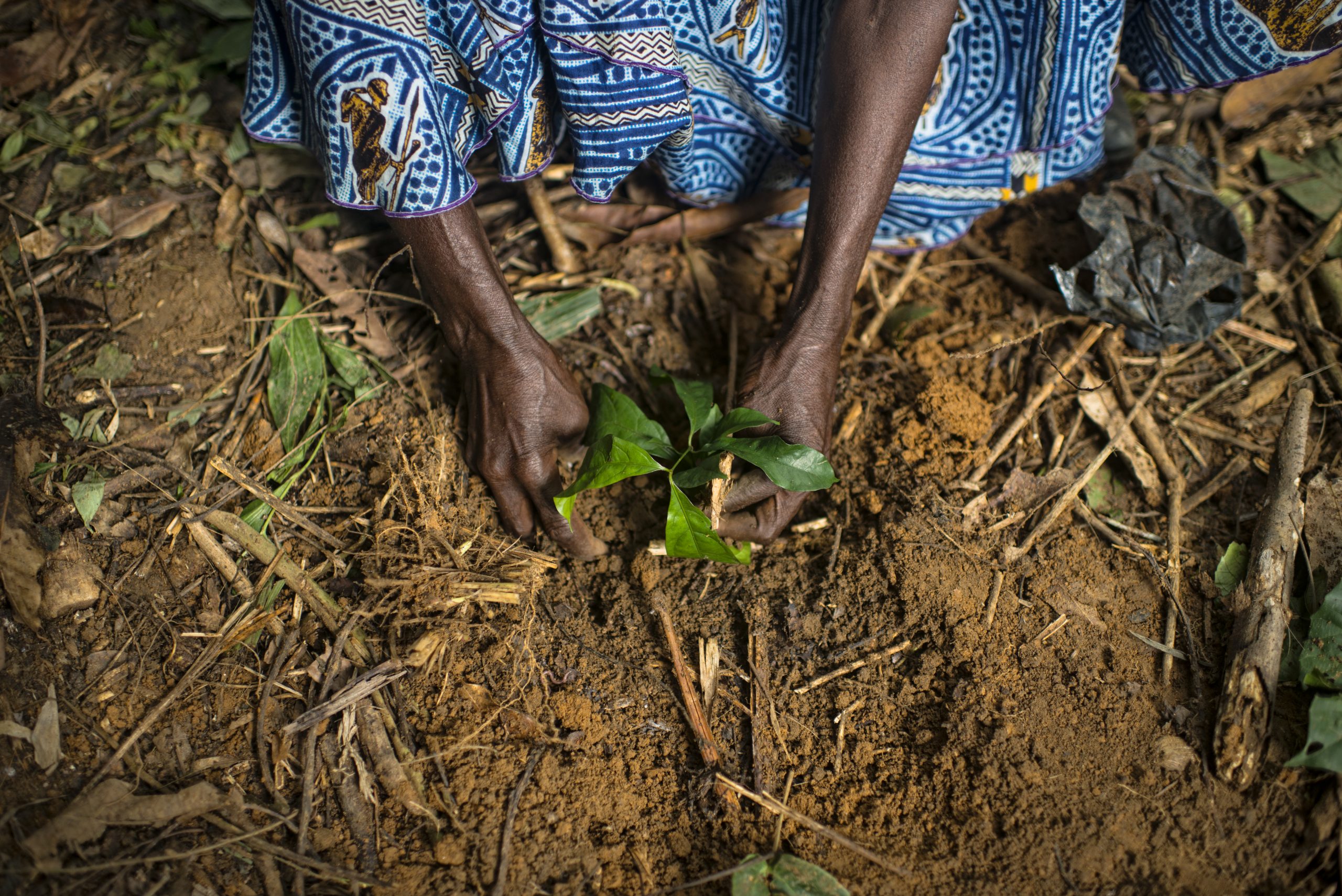
If a company communicates specific actions taken to support an L/JI, these should be put in context by providing a sense of the relative scale and intensity of the contribution. ISEAL Alliance has developed recommendations for ensuring that such communications and claims are made clearly, precisely, and credibly:
- Describe the nature of the actions clearly, specifically, and truthfully.
- Quantify and contextualize the extent of the actions in relation to the entity’s full operations, to allow proper interpretation of their scale and scope. For example, if a company claims that it supports 10,000 oil palm smallholders to become certified, it should also state the total number of oil palm smallholders in its full supply chain.
- Define and document the timeframe for implementing the actions, along with implementation progress.
- If an action is a partial contribution to a broader effort under an L/JI, specify the extent and nature of the specific contribution.
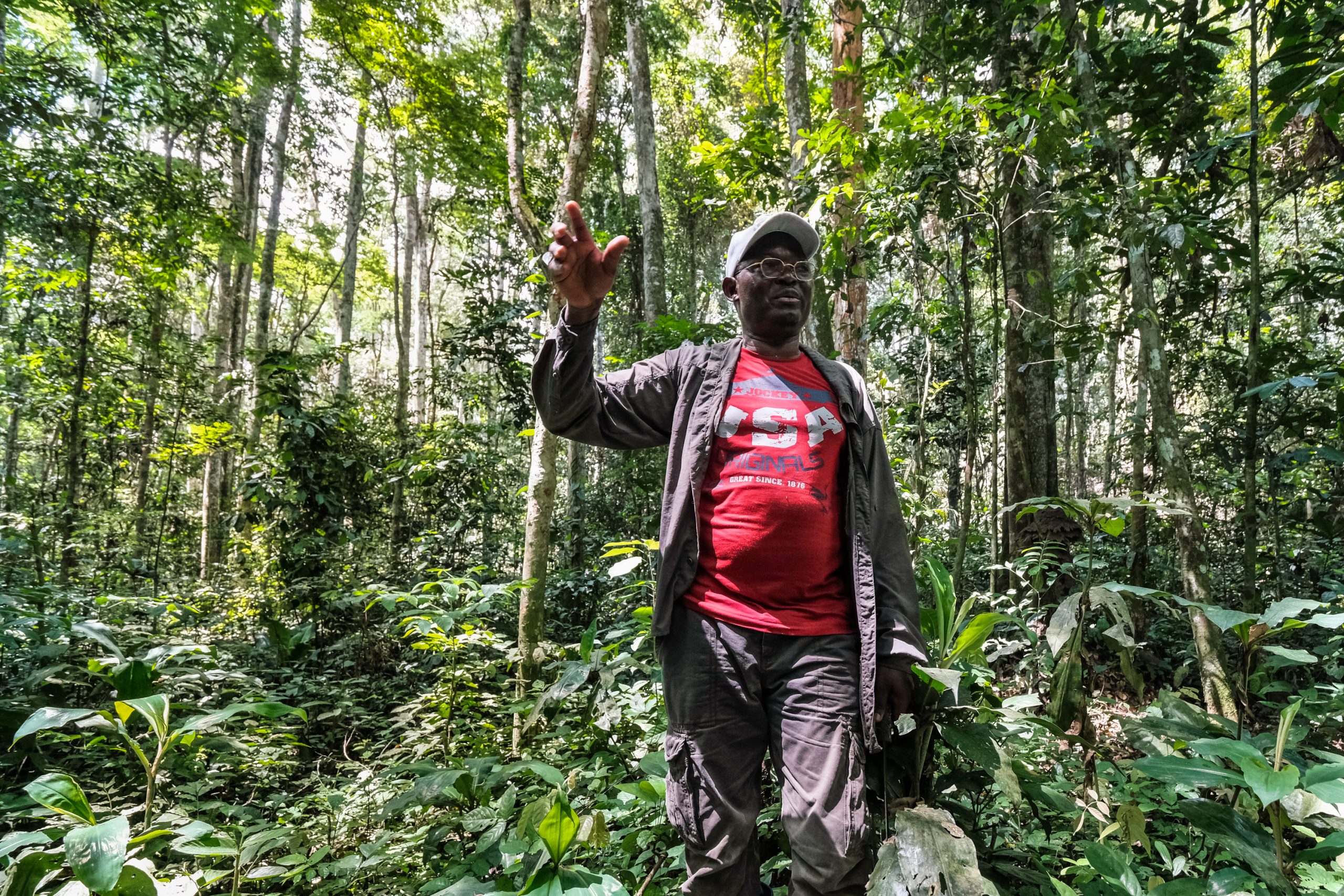
Messengers are as important as messages. Companies and their L/JI partners should identify who among their staff are most appropriate to contribute stories and examples. If several companies participate in the L/JI, find ways for each to gain public visibility. Company representatives can best present the L/JI jointly with suppliers, community members, NGOs, and government officials so it is clear that the companies are full partners in the L/JI.
Developing public messages, stories, and events will encourage L/JI stakeholders to discuss the overall purpose of the initiative
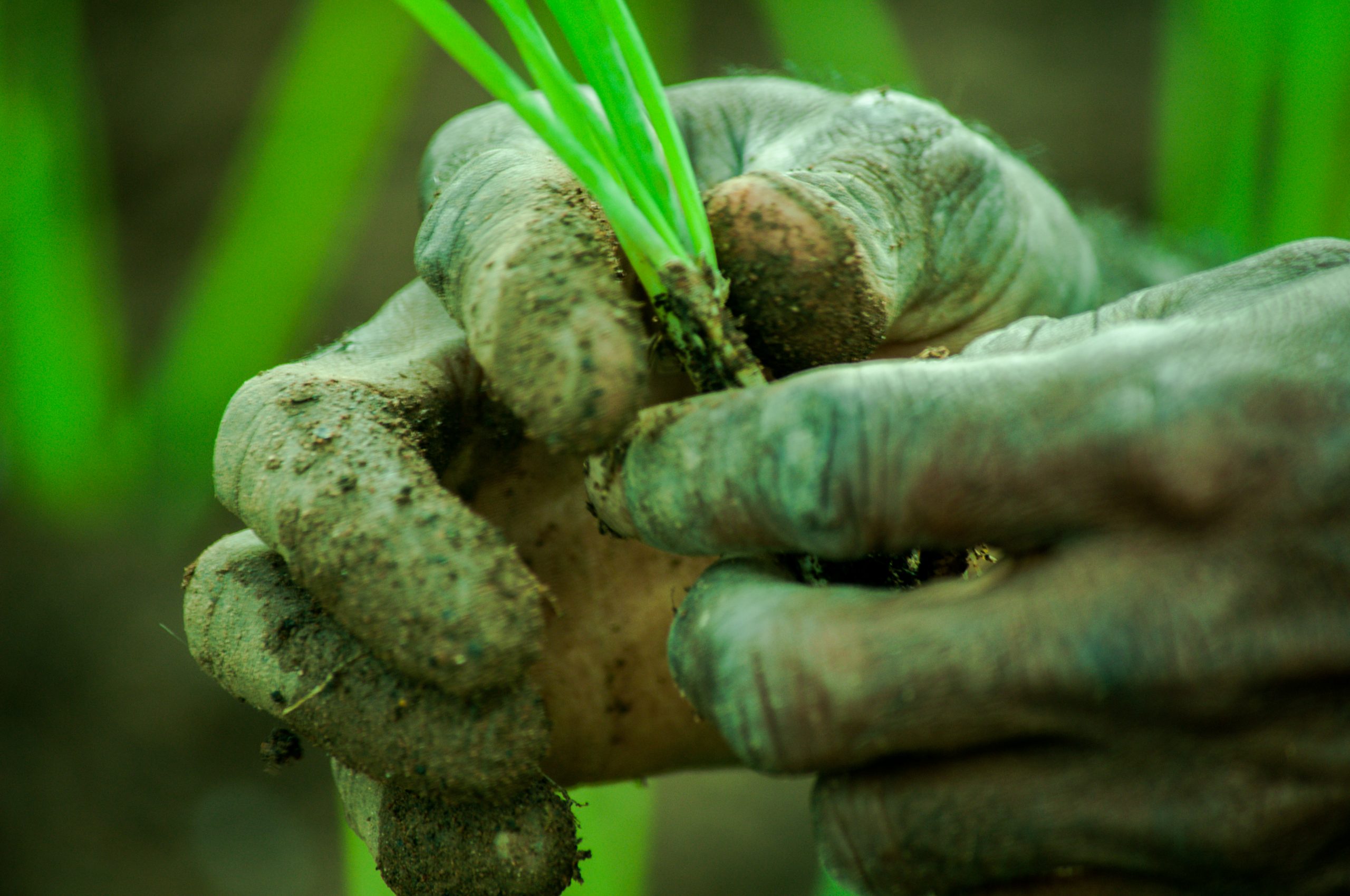
Developing public messages, stories, and events will encourage L/JI stakeholders to discuss the overall purpose of the initiative and what is/is not working. Companies can use discussions about public communications as a way to raise concerns with their partners and positively influence what other partners say and do.
External conditions that improve likelihood of success
- The L/JI is developed enough as concept or in implementation to be ready for public launch/outreach
- The L/JI understands its target audiences and media channels for communicating its vision and work
- To reach these target audiences, it has access to the most relevant broadcast media (radio, TV) and social media (platforms, blogs, podcasts)
- L/JI partners are willing to contribute spokespeople and recruit well-known government, business, NGO, entertainment figures to endorse the initiative
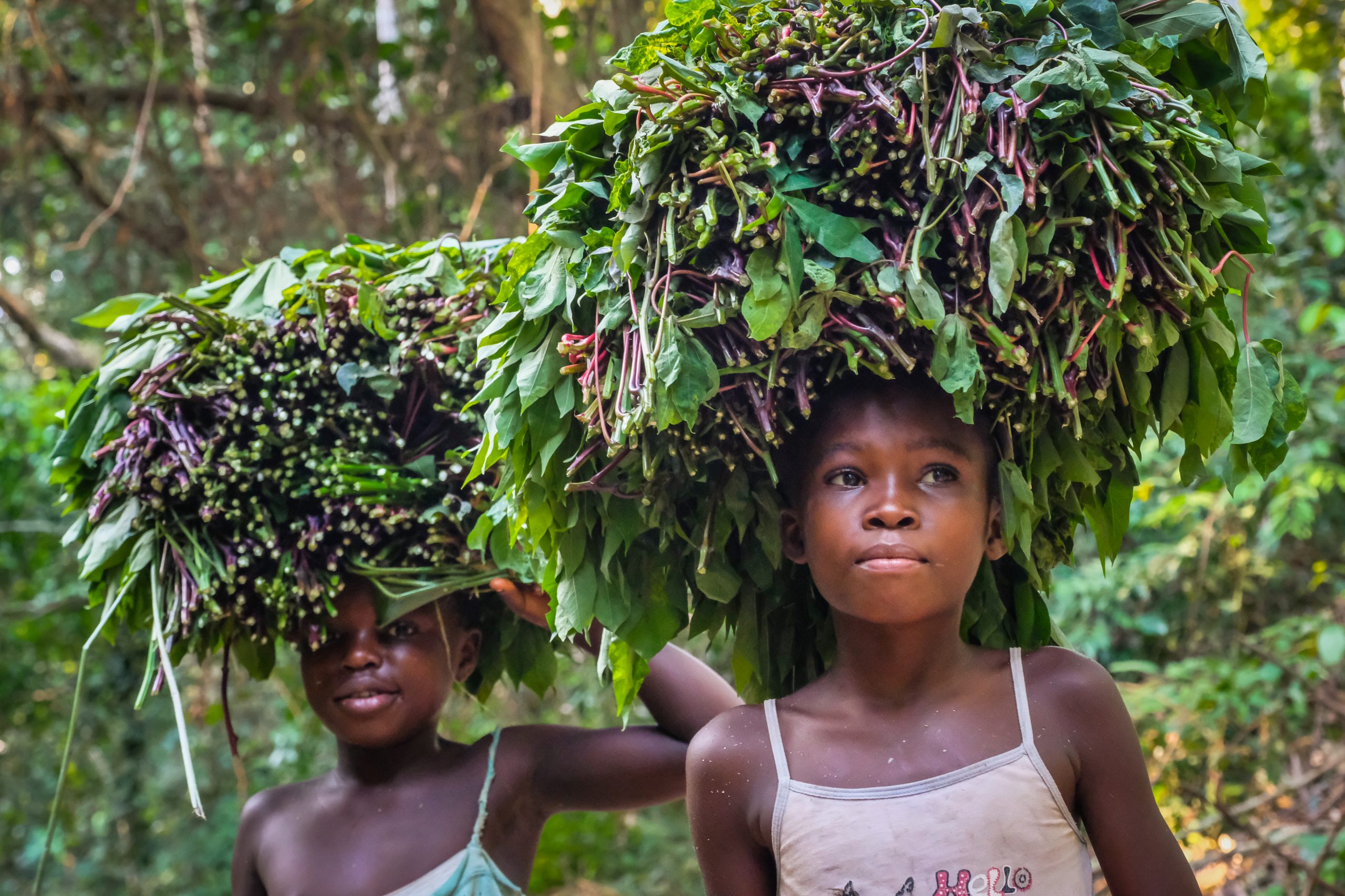
The business case for this intervention
- By aligning jurisdictional goals and KPIs with its own sustainability messages, a company can leverage multi-stakeholder efforts to help amplify the story it needs to convey.
- Shared narratives can serve double-duty as a company’s ‘unbranded’ communication and augment the credibility of the message itself for targeted audiences.
- Communicating the initiative to the residents and organizations operating in the landscape/jurisdiction can help to grow local support for it.
- Honest storytelling gains recognition for the company’s contributions and strengthens its credibility and relationships in the jurisdiction.
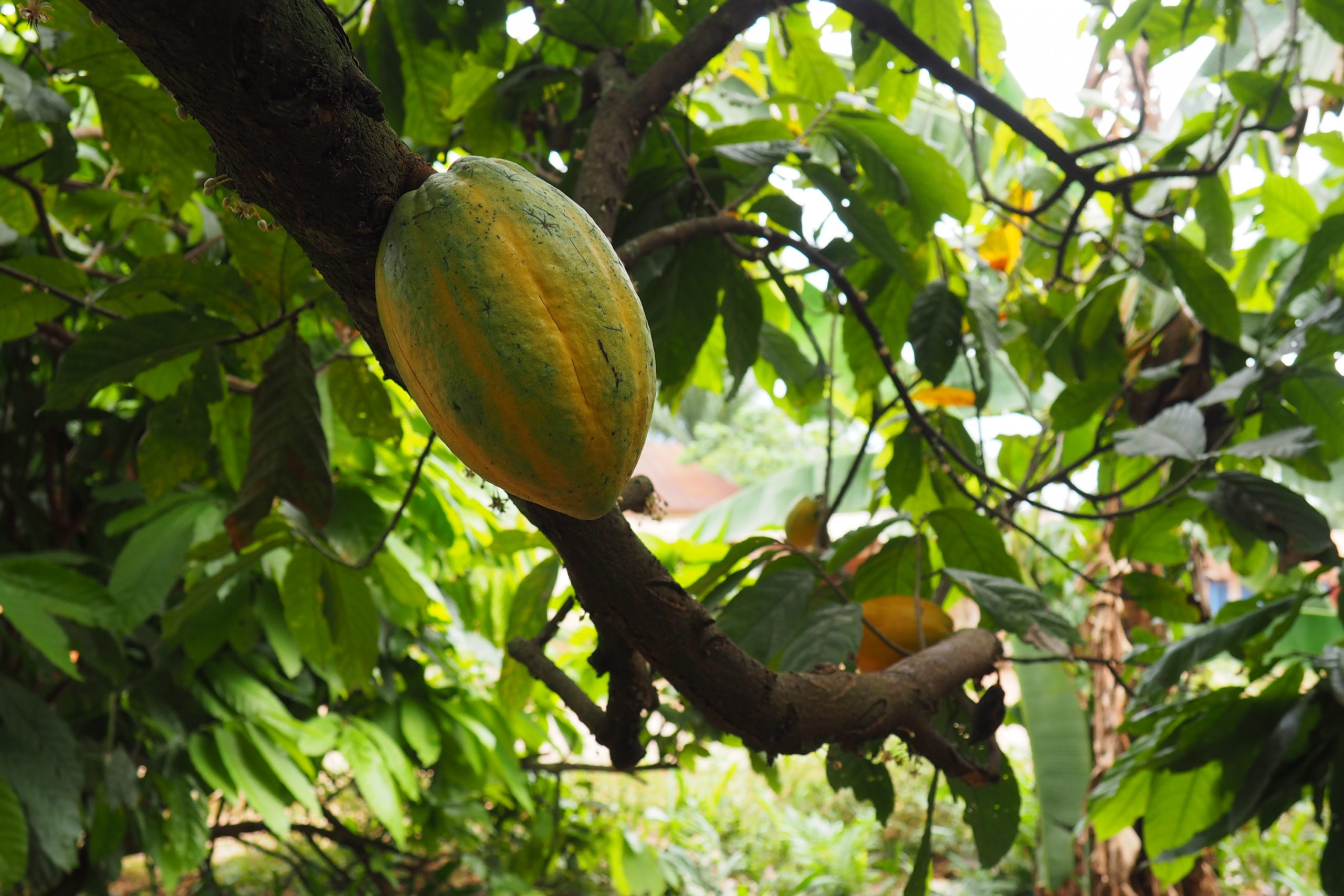
Duration of engagment
Short-Medium (6 months – 2 years for a discrete policy)
Cost
$-$$, depending on the extent to which companies provide direct funding support for government activities as opposed to engaging in dialogue and advocacy
In the real world
Indonesia integrates local approaches and national plans
The National Planning Agency of Indonesia (Bappenas) expressed interest to integrate the jurisdictional approach concept as a way to accelerate achieving sustainable food and agriculture into national development planning. With support from the German Agency for International Cooperation (GIZ), Bappenas engaged the Sustainable Districts Association (LTKL) to devise a means to align the jurisdictional initiatives it supports with the National Medium-Term Development Plan (RPJMN) technical framework. LTKL and its partners had companies join workshops to develop the concept to integrate the jurisdictional approach into this key policy document.
Preparing a ‘master class’ in sustainable investment
LTKL is also working with companies that source from its member districts across Indonesia to implement Master Classes in Sustainable Investment. These courses equip economic development officers with the skills and tools to develop viable portfolios that will attract potential investors. An impact investment firm, Kinara Indonesia, helps districts prepare and present enticing pitch decks, while commodity sourcing companies review portfolios and consider co-investment in new business ventures linked to their supply chains. The goal is to bring new investors and businesses into the districts to fund activities that directly support jurisdiction-level sustainable production and forest protection goals. Companies that have agreed to co-invest include Kyuden Mirai Energy, Potato Head Group (a leading national hospitality company), and the Sustainable Coffee Association of Indonesia.
Collaborating on commitments to deforestation-free cocao
In West Africa, more than 25 cocoa and chocolate companies collaborating through the World Cocoa Foundation pushed for national commitments that would address cocoa-driven deforestation. Corporate advocacy led to creation of the Cocoa and Forests Initiative in 2017, when these companies signed Joint Frameworks for Action with the governments of Côte d’Ivoire and Ghana pledging to end deforestation and restore degraded forests. After two years, deforestation continues to be a challenge, but companies have taken important steps to implement the national pledges. They have increased traceability in their own supply chains, implemented protocols to eliminate deforestation from their cocoa sourcing, and supported efforts to expand forest cover through cocoa agroforestry.
Shaping national forest policy in Côte d’Ivoire
In 2019, Côte d’Ivoire’s new Forest Code provided a framework for companies to promote cocoa agroforestry and restore forests in legally classified forest areas based on the level of nature degradation. The Ministry of Water and Forests is developing a decree with guidance to operationalize the Forest Code. Cacao sector companies have engaged with the Ministry, providing inputs and insights to support the development process.
Key points for companies
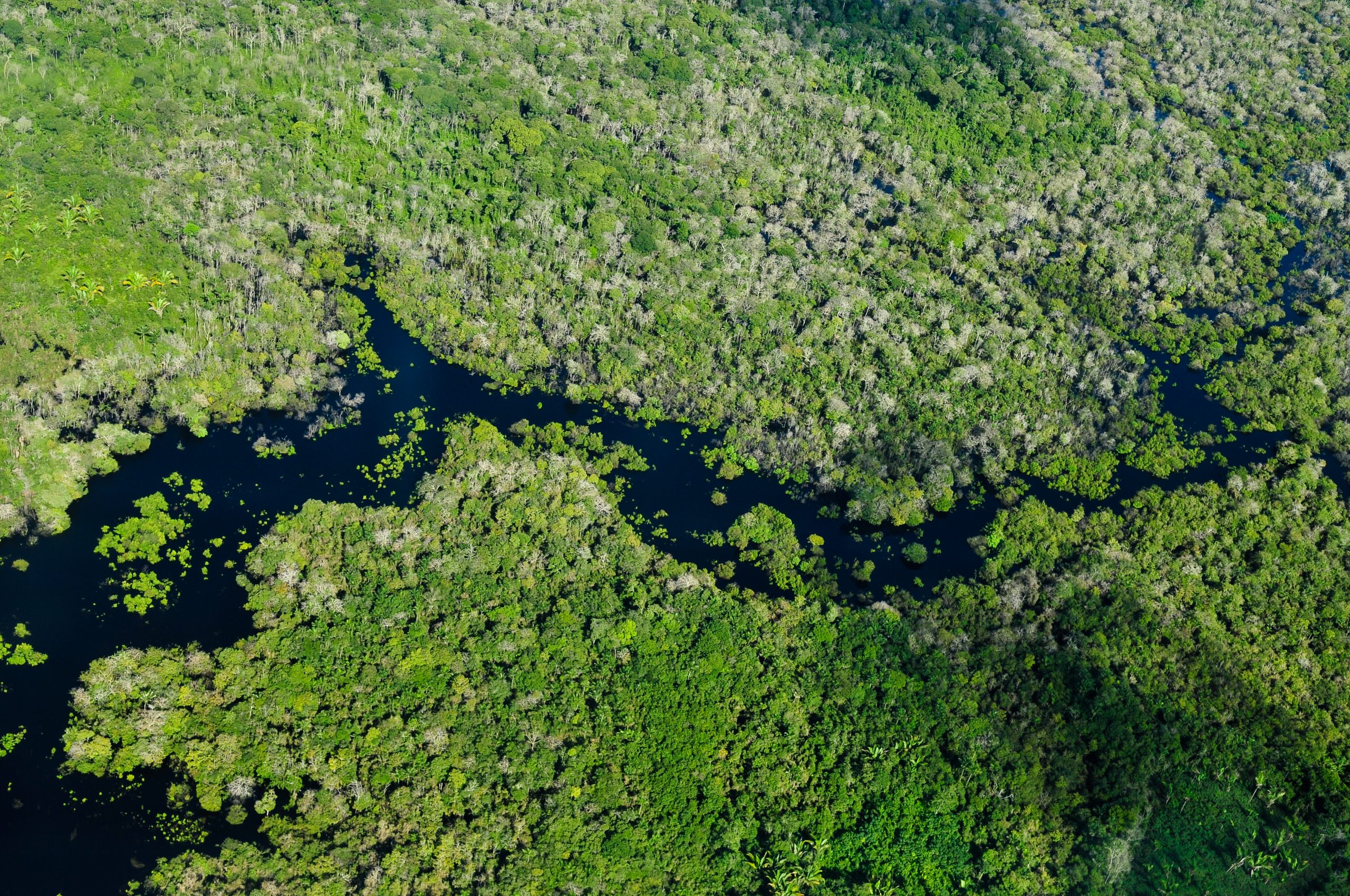
Engage with government counterparts through development and implementation of an L/JI to ensure that policy makers know and care about the initiative’s progress, see the value of company participation, and are motivated to apply emerging lessons to develop ongoing policy.
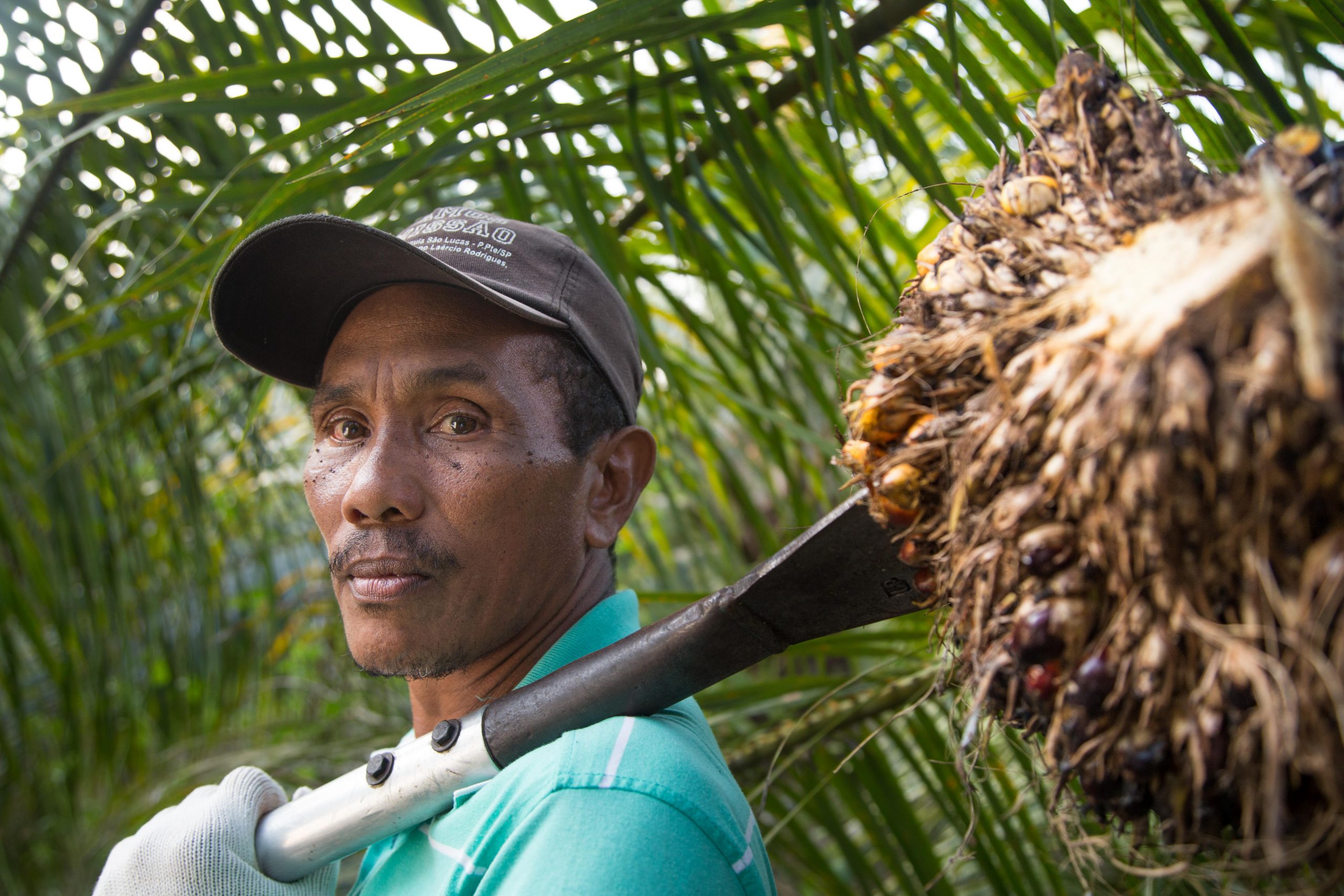
The timing and targeting of policy development will vary: some policies may need to change for an L/JI to get underway (for example, authorization for a government agency to participate in an initiative). Other needed changes may become clear only after there is some experience implementing an L/JI (for example, clarification of community forestry regulations). Engaging policy makers should be an iterative process. That’s why companies should offer themselves to policy makers as longer-term partners in the work of the initiative.
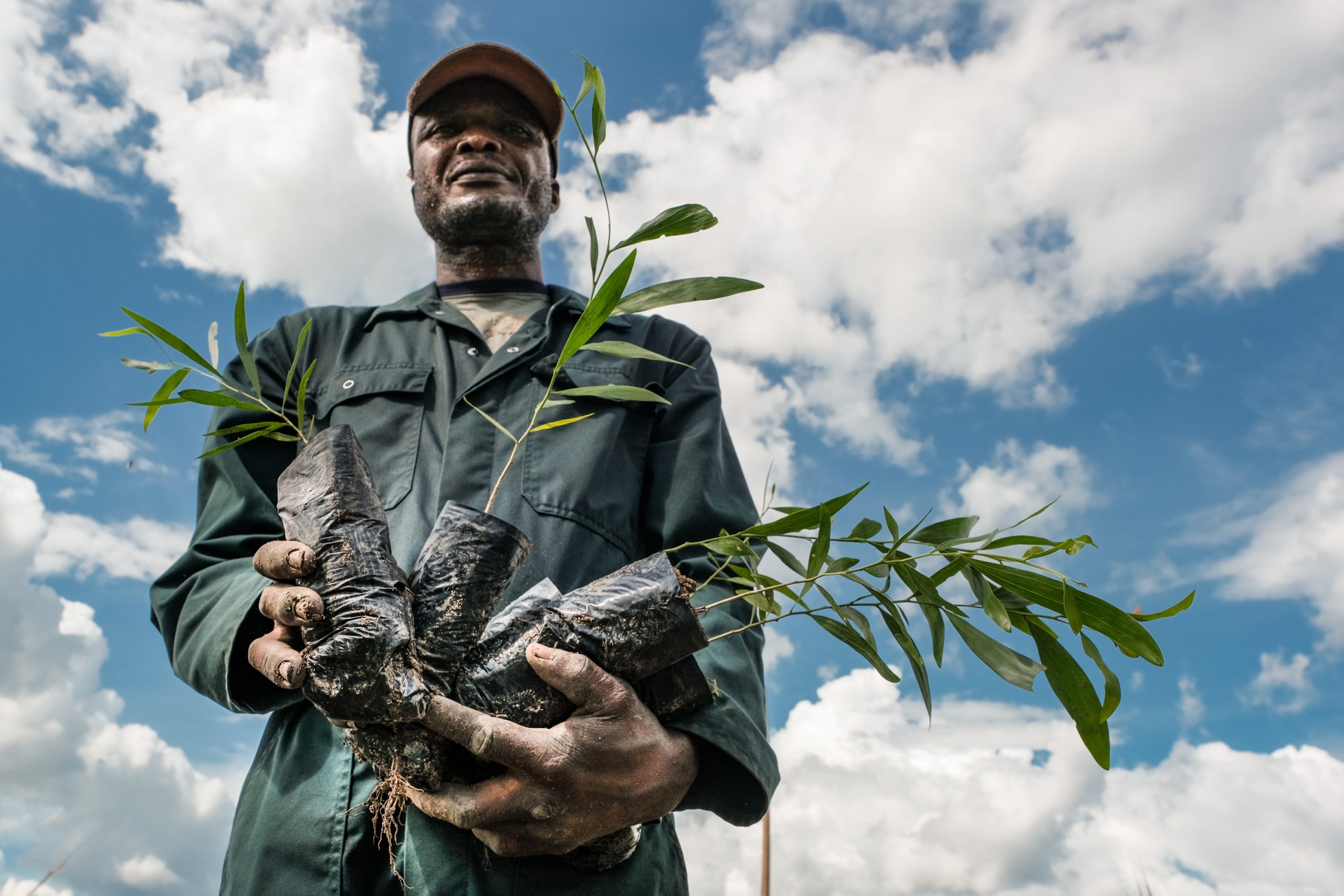
Getting governments to implement policy or enforce regulations may require companies to engage with agencies at both national and sub-national levels. Companies can call officials’ attention to issues with implementation and seek creative solutions with other stakeholders.
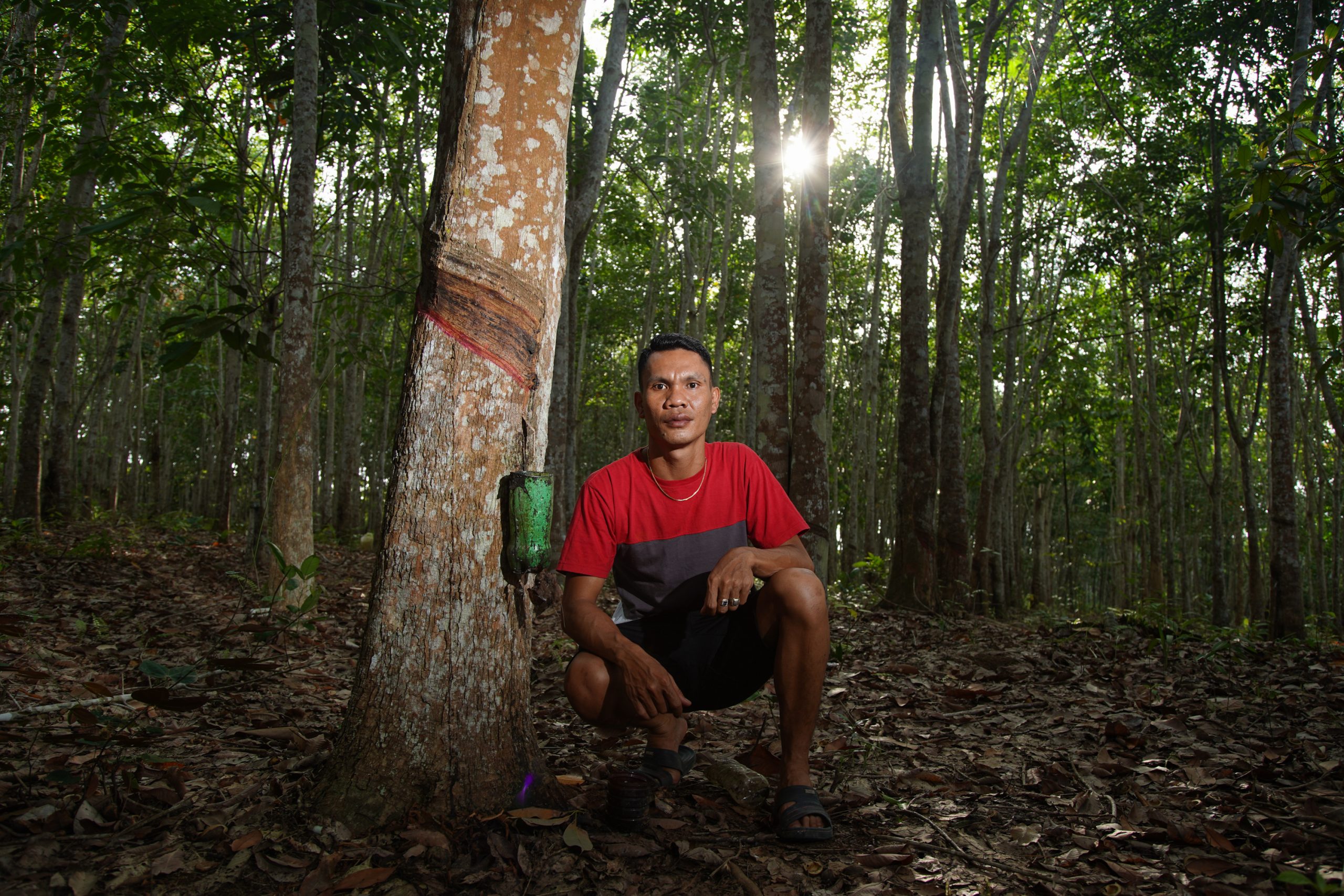
Promoting investment and supply chain linkage opportunities, as LTKL has done in Indonesia, can open new avenues and incentives for local, national, and international business partners to invest in sustainable production and protection. Companies with national and global reach can support investment plans, identify and recruit investors, and choose to co-invest in new ventures that add value for their supply chains.
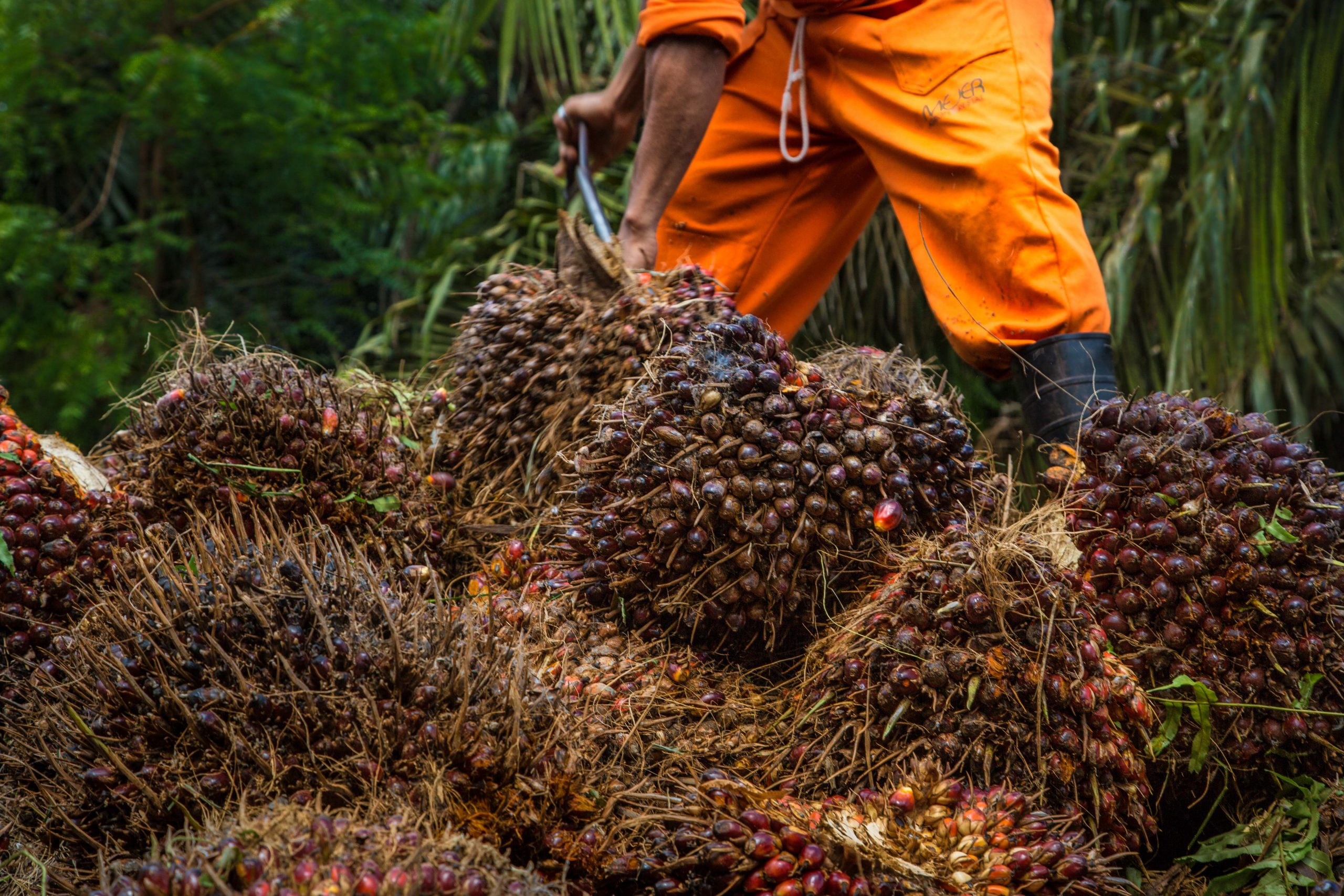
To avoid the perception of influencing public officials to back private interests, companies should engage with government in open platforms alongside other L/JI stakeholders.
They should also clarify when they are speaking on behalf of the initiative and when they are lobbying for their own interests.
External conditions that improve likelihood of success
- Government has an interest in L/JIs to meet its policy and political goals
- The background policy environment enables policy makers to leverage multi-stakeholder approaches for land use planning and economic development programs
- There are mechanisms for involving government agencies in the L/JI, and for consulting them during the initiative as policy issues arise
- Joint learning opportunities focus on how government policy and its implementation have been affecting the initiative
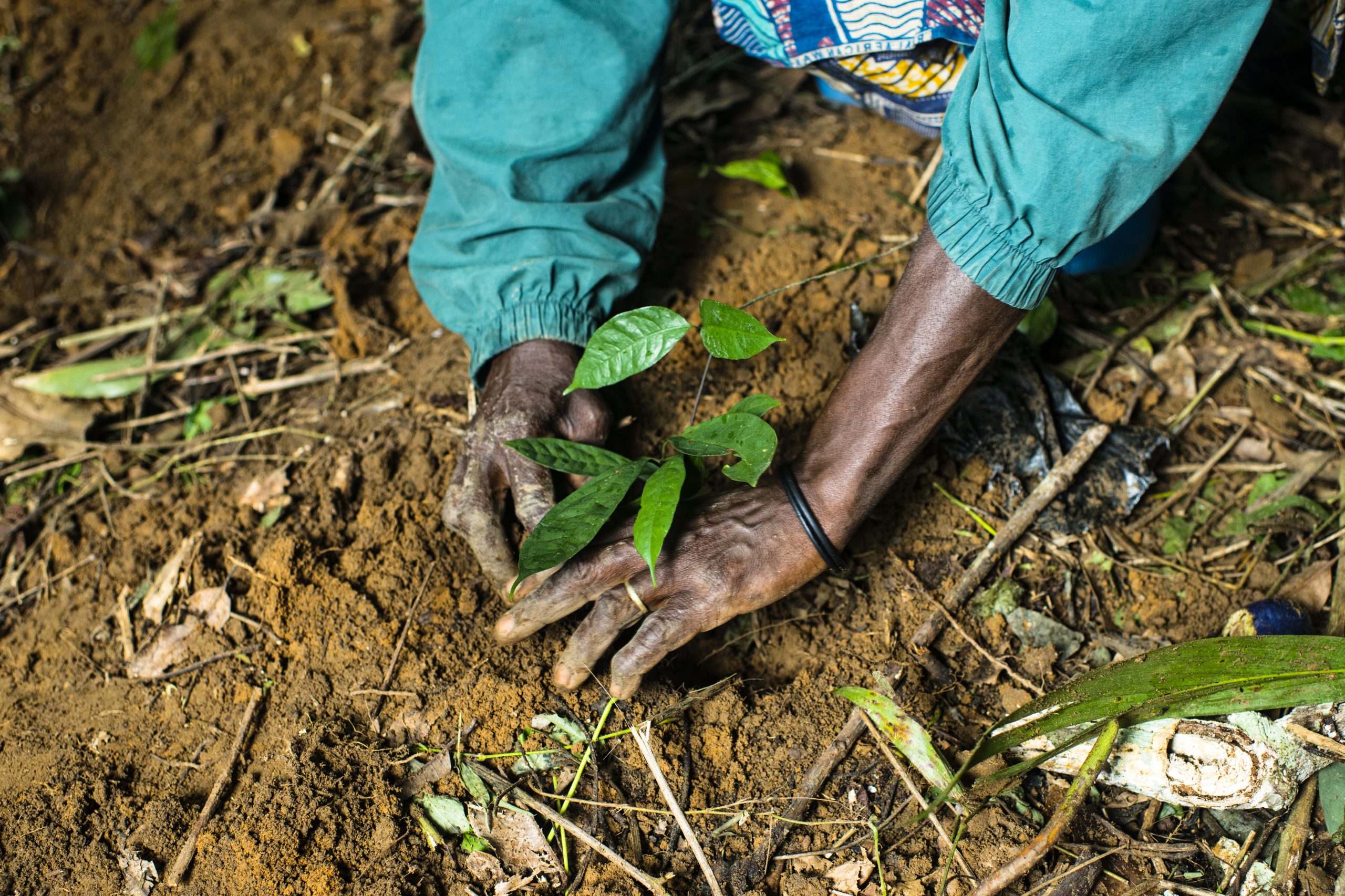
The business case for this intervention
- Companies help L/JIs succeed by ensuring that government policies and implementation mechanisms are well-aligned with the initiative’s goals
- By engaging effectively with government on policy issues confronting a landscape/jurisdiction, a company gains credibility and demonstrates its commitment both to national development and commercial objectives
- Advocating for policy change jointly with NGOs and community representatives can boost company credibility and relationships with these stakeholders
- By helping jurisdictional governments attract new investors and sustainable businesses, companies can reduce pressure on forests, add value in their own supply chains, and expand and diversify the business and investment partners supporting the initiative
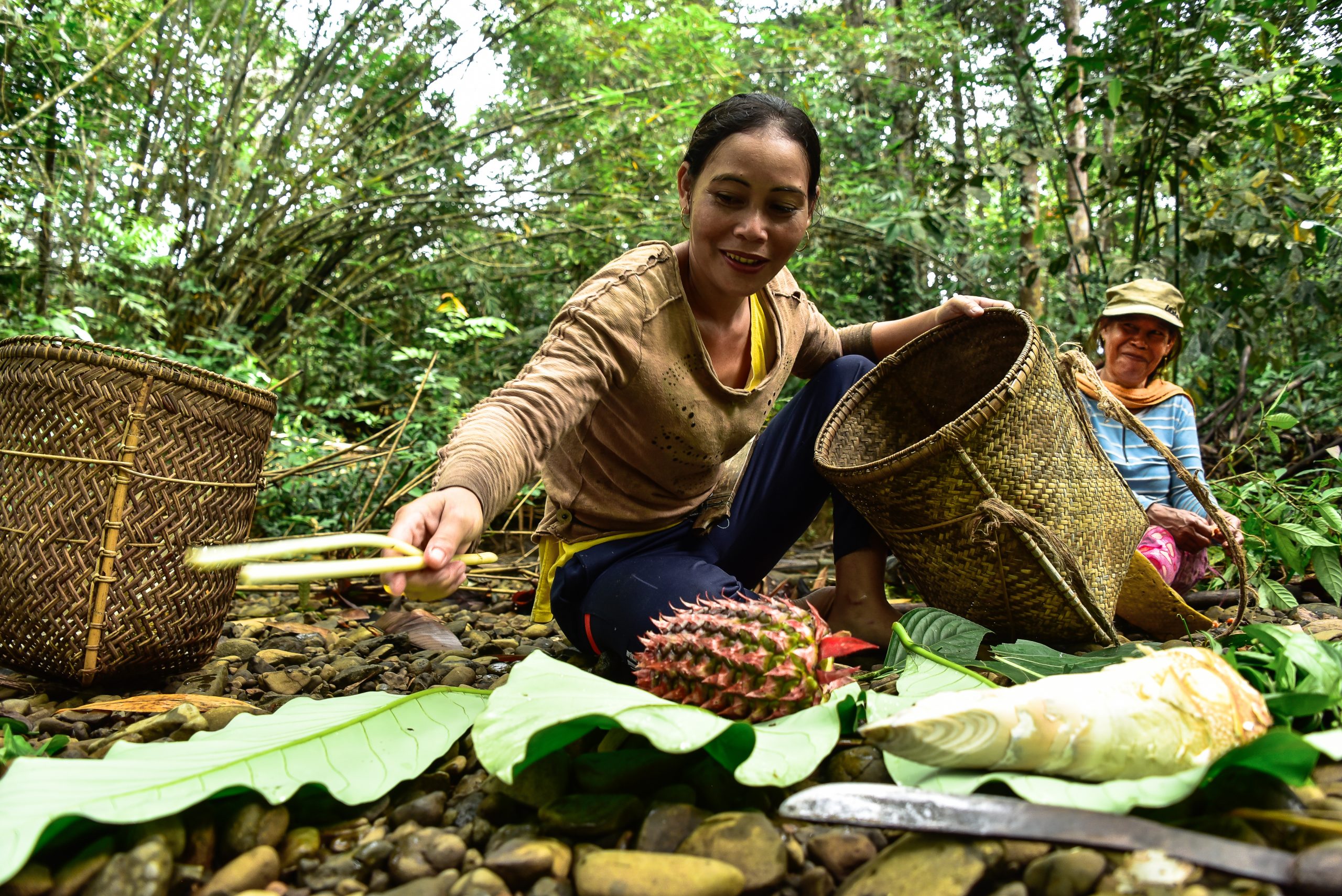
Duration of engagment
Short (6-12 months to gather data; 1 month to share it)
Cost
($)
Staff time to gather the data and attend workshops
($)
Staff time to share the data and address any resulting questions
($)
Organization costs to setup and participate in data sharing workshops
($$)
Legal agreements and NDAs surrounding the use and sharing of spatial data
In the real world
Sharing spatial analysis to address encroachment
In West Africa, Touton works with Rainforest Alliance to generate useful data about the farms from which it sources cocoa. Their collaboration runs analyses on the polygons that represent cocoa farms using geospatial and remote sensing data. These analyses determine the risk of encroachment in national parks and monitors real-time deforestation at the plot level. Developing this spatial data not only helps Touton address local deforestation in its own supply chain, but can also be shared with other relevant stakeholders to support land use planning and monitoring at larger scales.
A collaborative list for tracking palm oil origins
A growing list of companies, including traders like Wilmar and Musim Mas, and downstream buyers like Ferrero and Nestlé, have made publicly available the list of mills from which they or their suppliers source palm oil. In 2018, a group of non-profit organizations (World Resources Institute, Rainforest Alliance, Proforest, and Daemeter) aggregated these data for the first time in the form of the Universal Mill List (UML). The UML is a collection of palm oil mill locations around the world, which can be sorted by group, company, mill name, RSPO certification status, and unique “universal ID”. Companies aren’t the only ones contributing data to the UML. The RSPO, FoodReg, government entities, and supply chain researchers regularly add new spatial data, update information, correct mistakes, and weave in extensive records. Even smaller companies have provided tabular data on their websites regarding mill names, locations, and parent companies. The objective of the UML is to provide an accurate, comprehensive, common dataset of, by, and for the palm oil industry that can easily identify mills across various platforms and enhance reporting efforts.
Connecting the dots on sourcing beyond palm oil
A few companies, such as Unilever, have followed up this early data transparency push by publishing lists of their global suppliers for other commodities like cocoa, soy, paper and board, and tea. Cargill publishes a map that shows the name and location of the cooperative offices and buying stations in Côte d’Ivoire and Ghana from which it directly sources cocoa.
Key points for companies
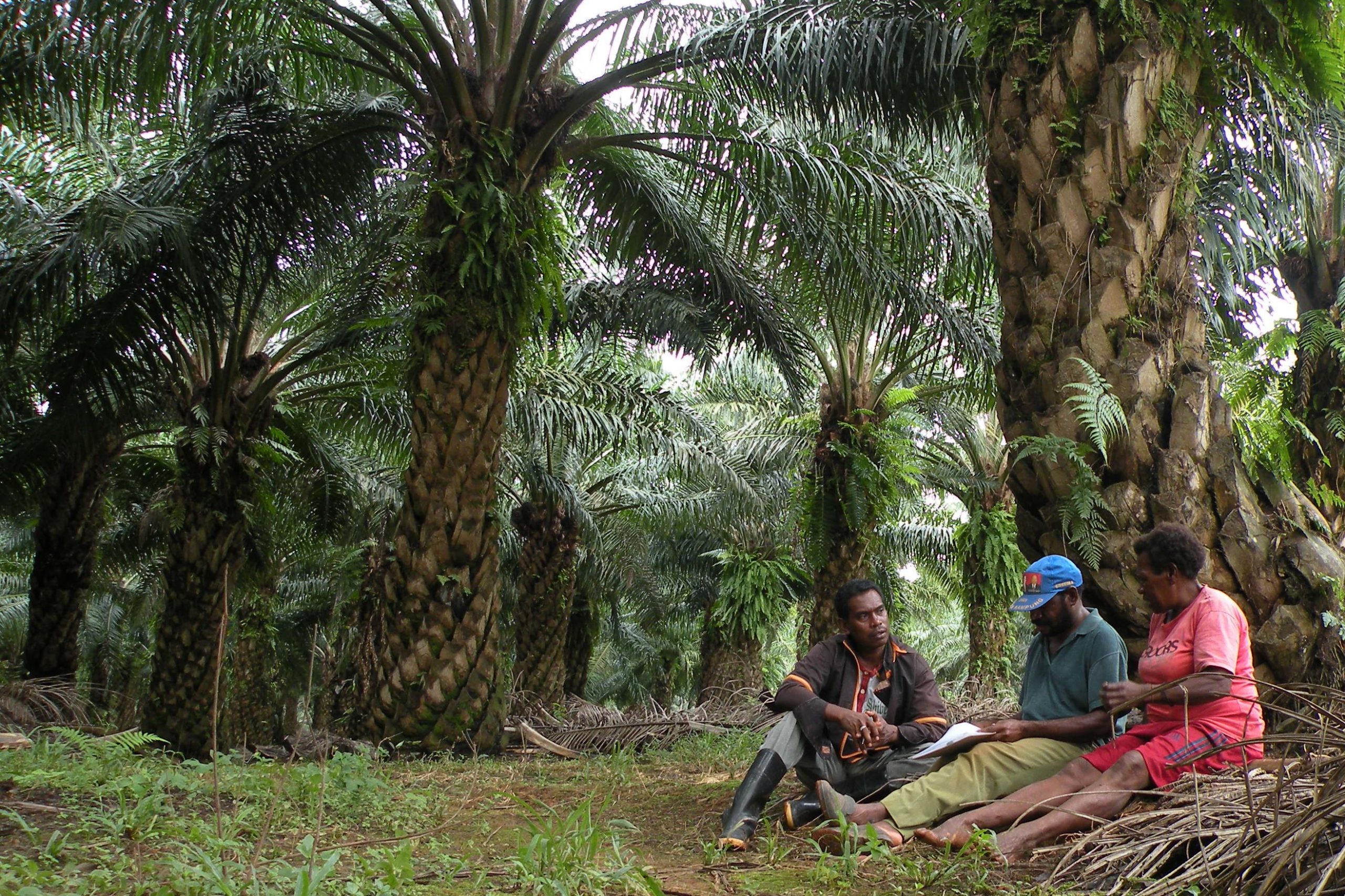
Identify which company data other stakeholders could use to improve landscape/jurisdiction-level sustainability. Local stakeholders often lack a complete picture of land-related ecological, ownership, and use characteristics or dynamics, which impedes the ability to plan, execute, and monitor progress. Companies that possess these data or that have influence with those who do can fill important gaps in information.
- The data need not be proprietary. Companies can bring even relevant public information to the attention of other stakeholders unaware of it. For example, Global Forest Watch provides data on tree cover loss and instances of fire, which can be analyzed within any jurisdiction to determine where there may be deforestation hotspots or risk. Such data help inform land use planning decisions as well as monitoring and enforcement activities.
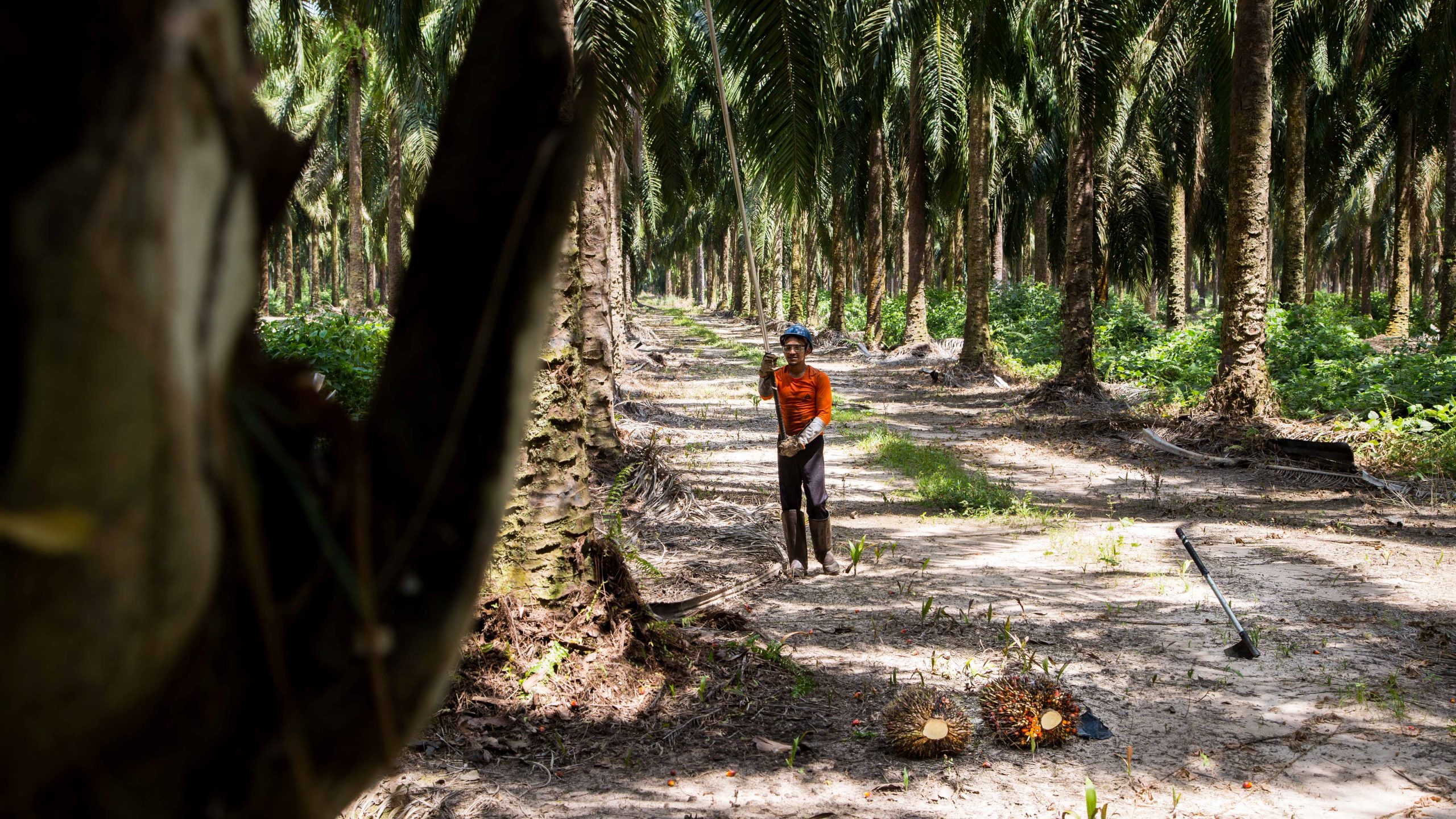
Data might be held by farm/concession managers if the company is a commodity producer, by the procurement or sustainability teams if the company is an upstream commodity buyer, or by producers and traders in the company’s supply chain that operate in the jurisdiction.
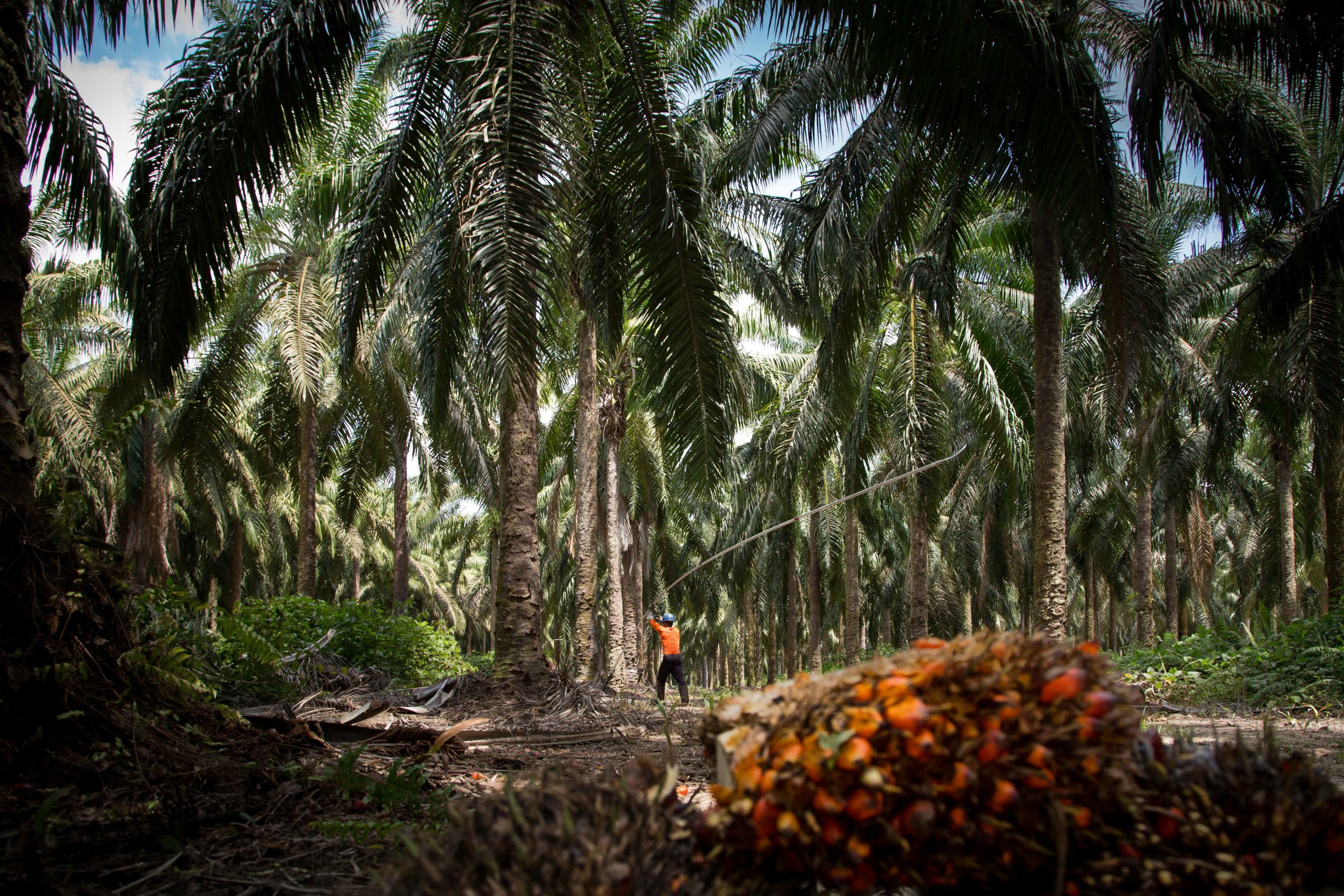
Relevant data could include:
- Boundaries of farms, ranches, forest management units, or concessions – including those managed by the company and by independent smallholders
- Coordinates of mills or other processing facilities
- Geological, water, or other biophysical data
- Maps of community lands and areas with important environmental attributes (e.g. High Conservation Value areas or High Carbon Stock areas)
- Management plans for land overseen by the company or by its suppliers
- Historical maps or other records of ground cover and land use that could help establish trends over time
- Non-competitive information on crop production, soil productivity, and/or conservation needs that could help identify good production practices
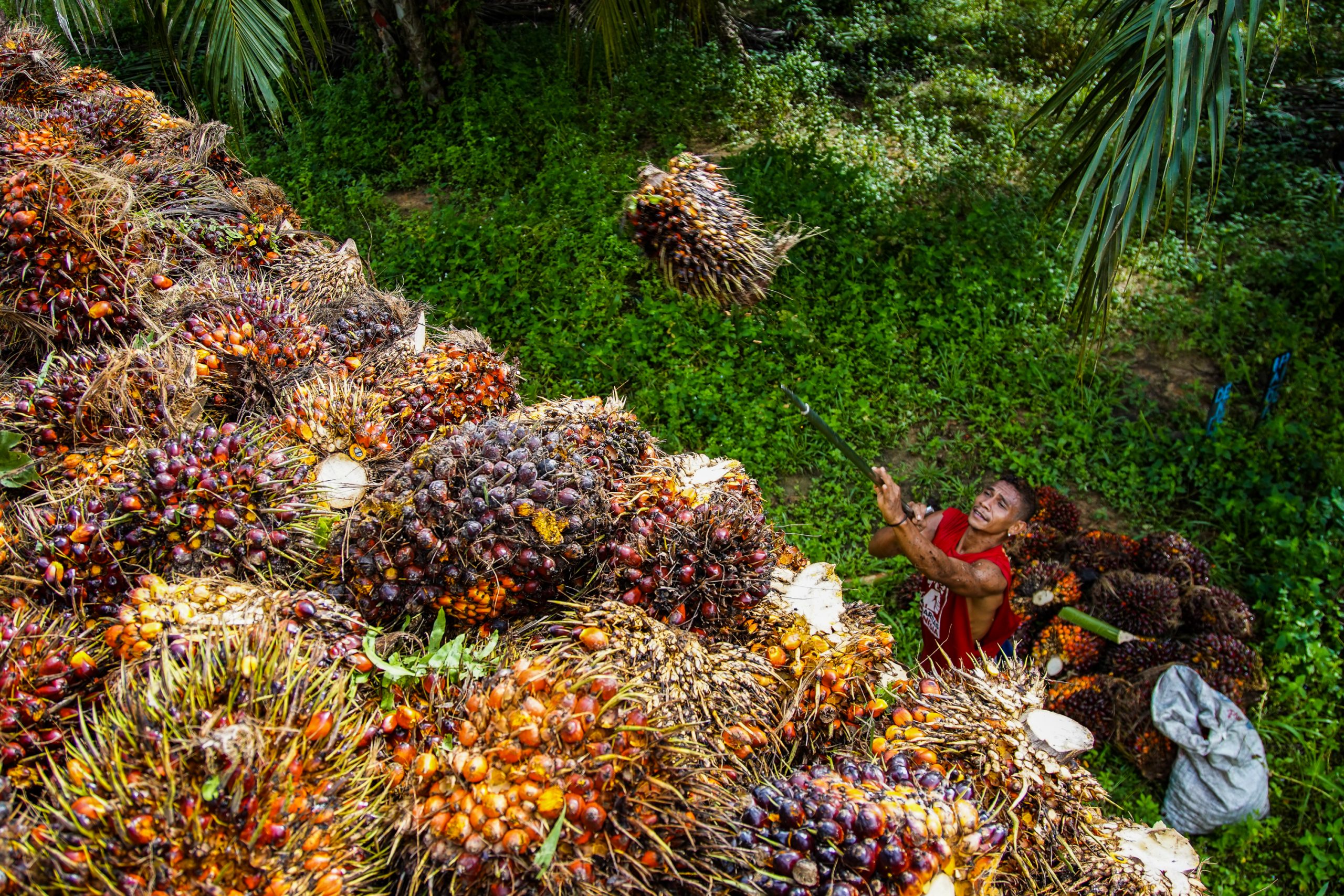
Data sharing can pose challenges both for local actors and to the companies that share. To mitigate these risks in advance, companies should:
- Follow national guidelines, particularly when sharing farm boundaries, and apply proper social and environmental safeguards to minimize impacts on local communities
- Draft agreements that define who can use the shared data, and how
- Aggregate contributions so that only consolidated data are made publicly available, with identifying information stripped out
- Limit sharing of the most sensitive or controversial data with only those government actors engaged in land use planning or enforcement (e.g. ministries of agriculture, forestry, environment, rural development), using non-disclosure agreements (NDAs) to ensure confidentiality of data that informs landscape/jurisdiction-level planning efforts.
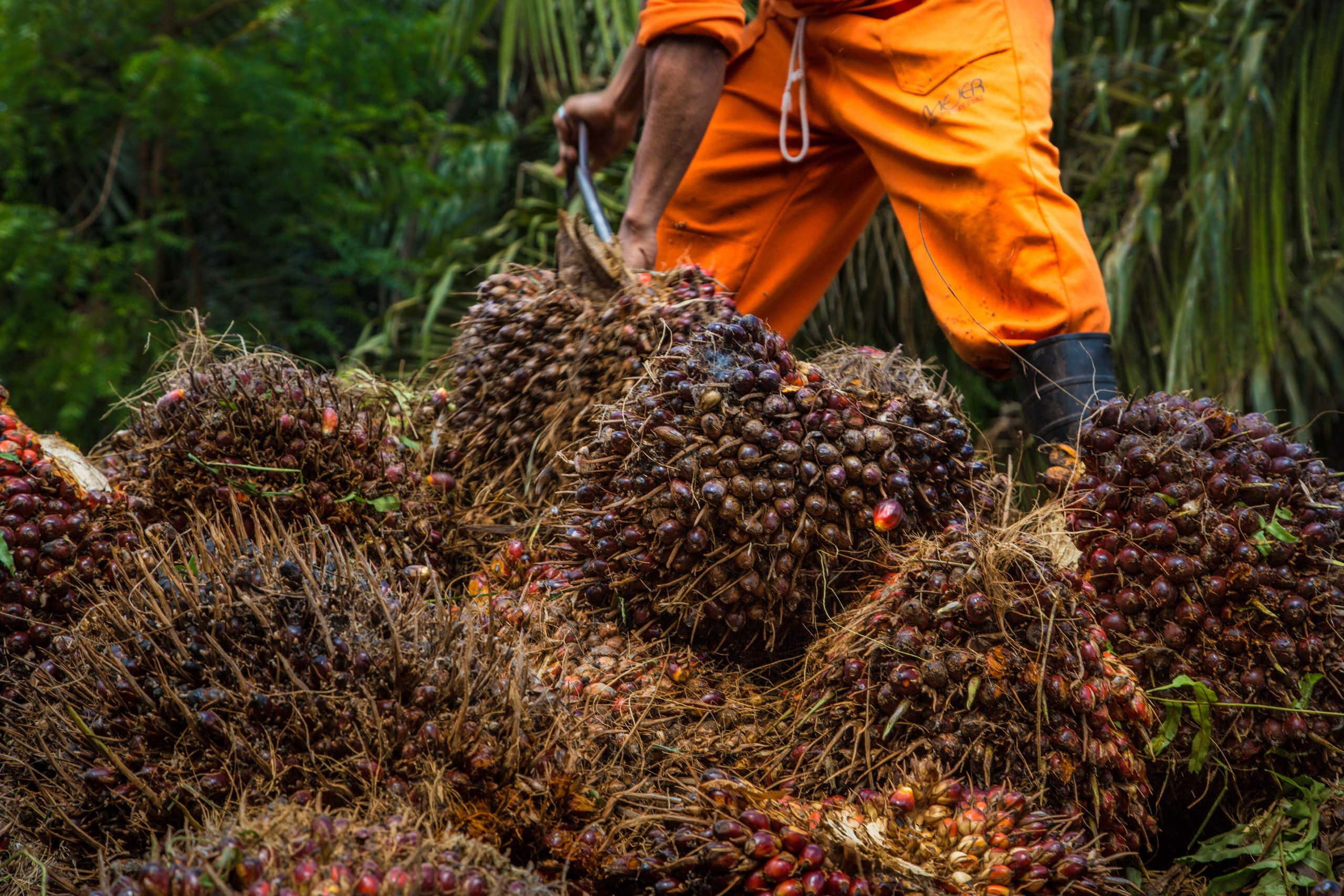
Data should be shared with the multi-stakeholder body representing key actors in the landscape/jurisdiction to guide discussions about setting targets, planning land use, and implementing decisions (see “Co-design jurisdictional goals, key performance indicators (KPIs), and implementation strategies” and “Support development of a robust landscape/jurisdictional land use plan”). A robust conservation or restoration plan will take into account data about the relationship between priority conservation areas, production areas, and processing facilities. Likewise, access to these data will enable the government or other stakeholders to monitor implementation of landscape/jurisdictional action plans and progress toward achieving KPIs.
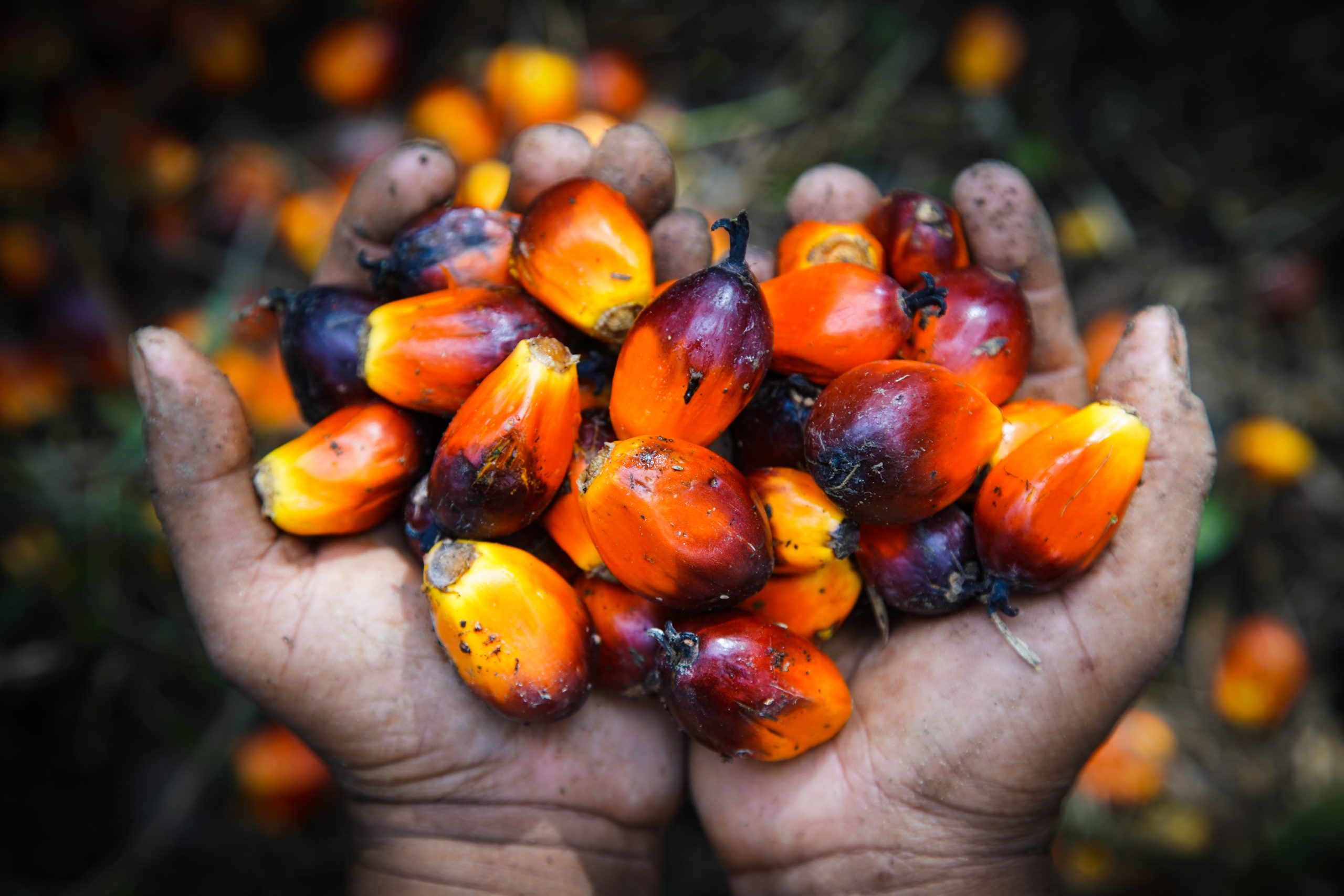
Share data in formats that match those used to develop or monitor progress toward meeting landscape/jurisdictional outcomes (ideally digital; sometimes printed maps or written descriptions are handy).
External conditions that improve likelihood of success
- Robust data management policies and metadata standards
The business case for this intervention
- Sharing data is an inexpensive way to show leadership while building trust with other stakeholders, advancing a culture of transparency, and encouraging others to share their own data. Companies are also in a position to determine who will gain internal or external access to confidential data, and for what purpose.
